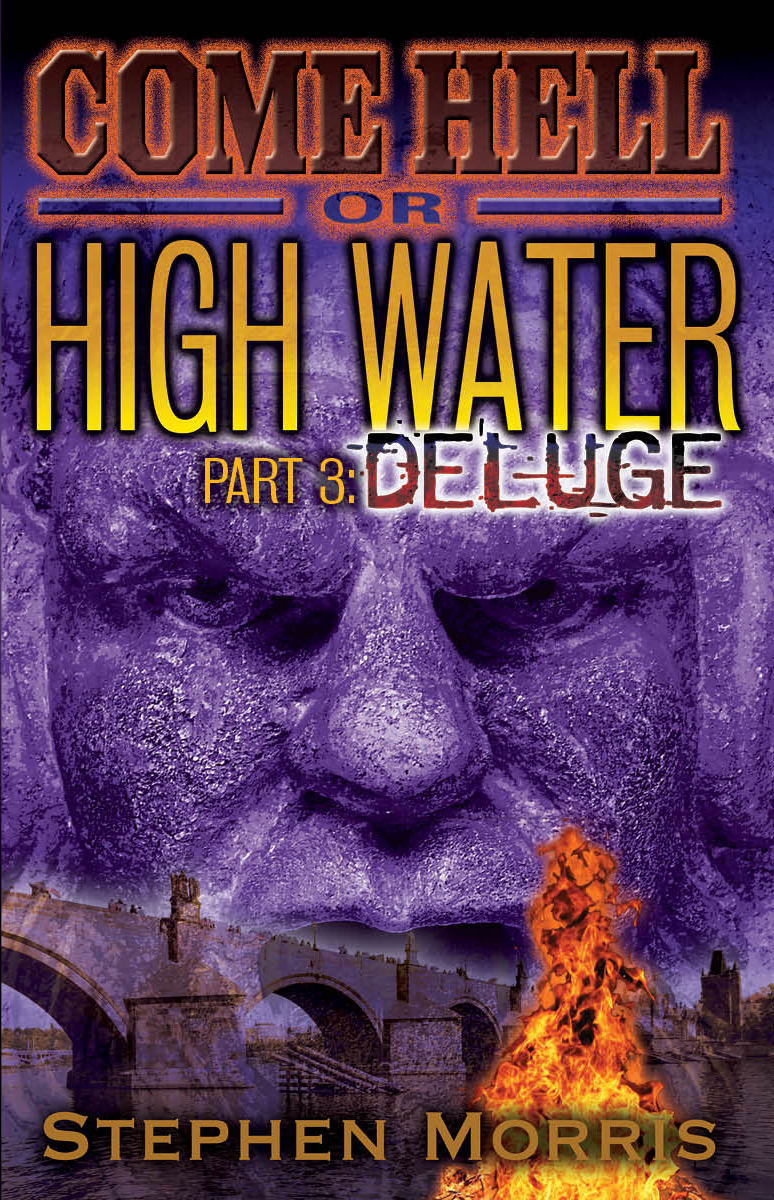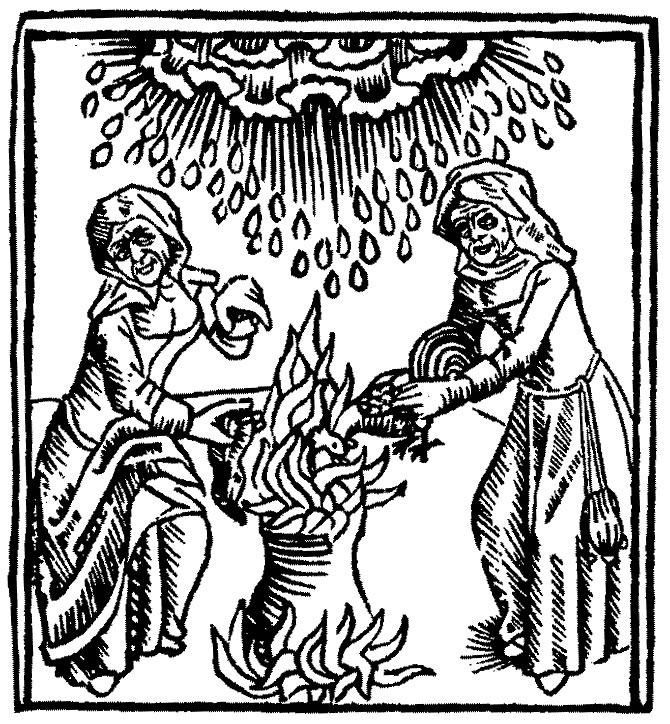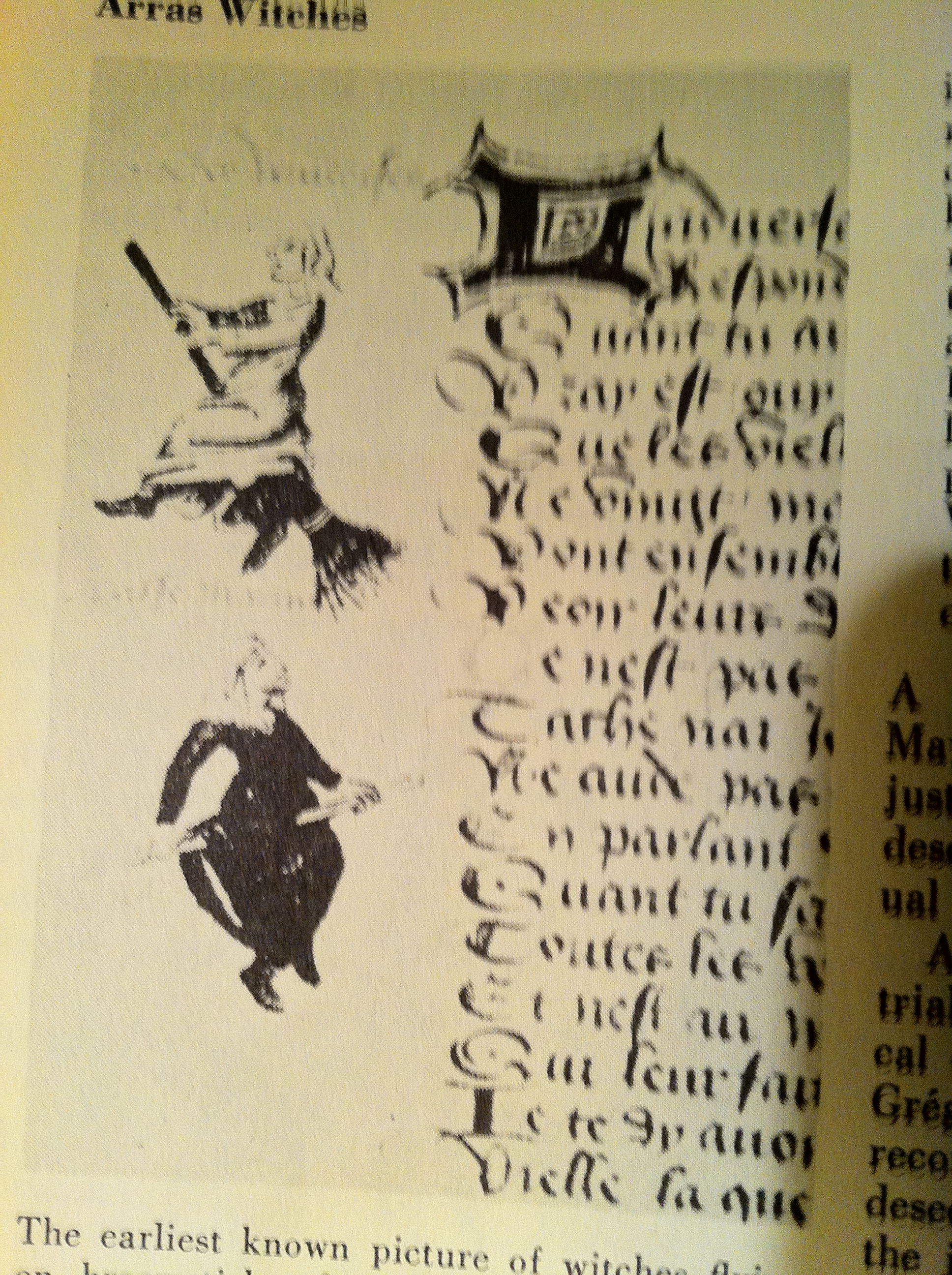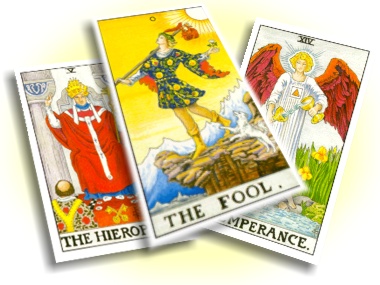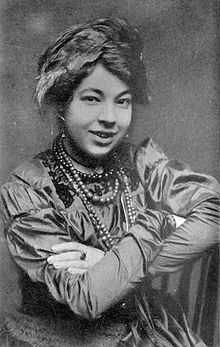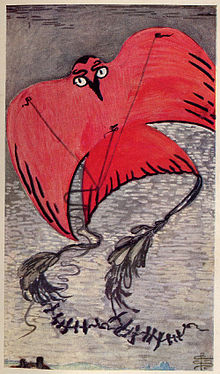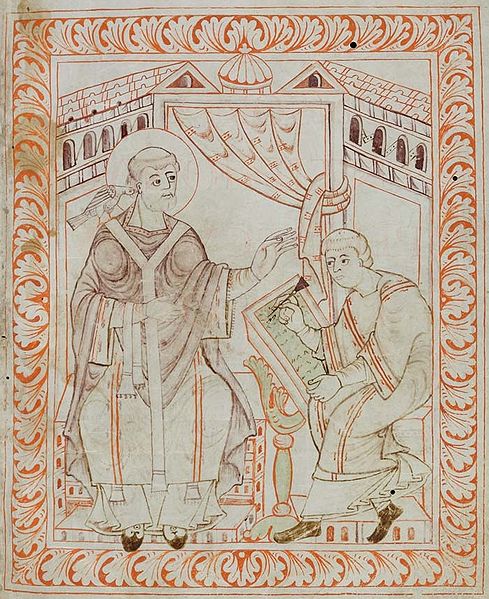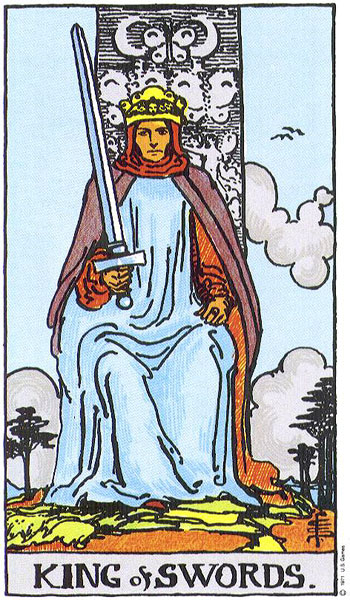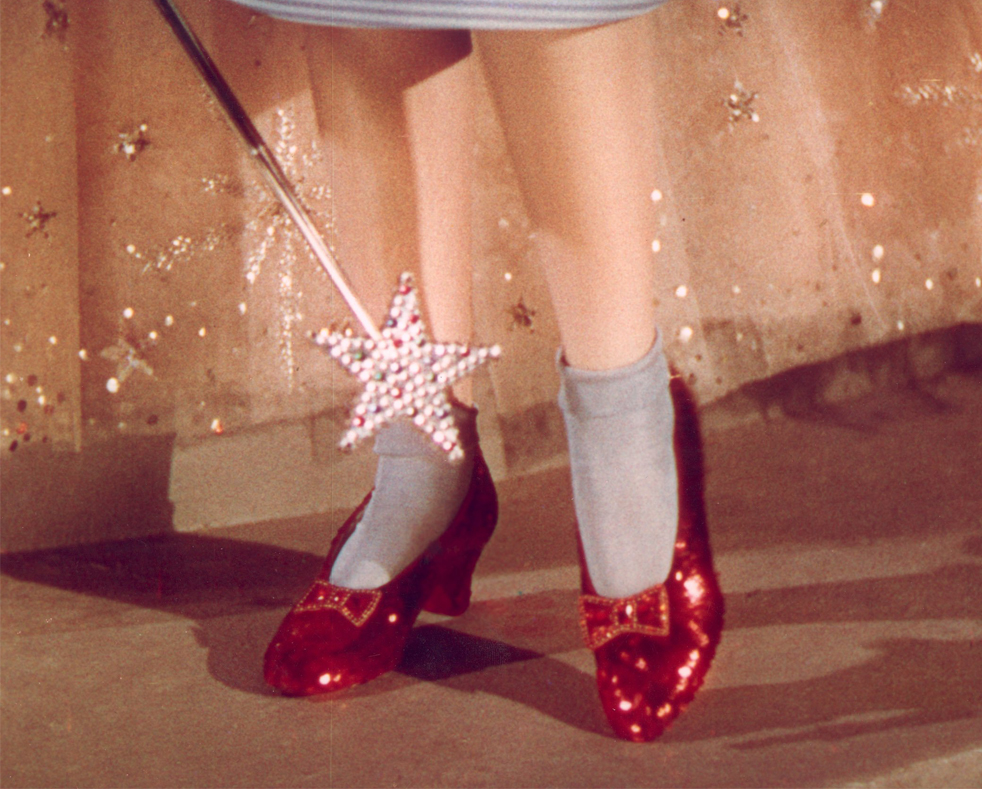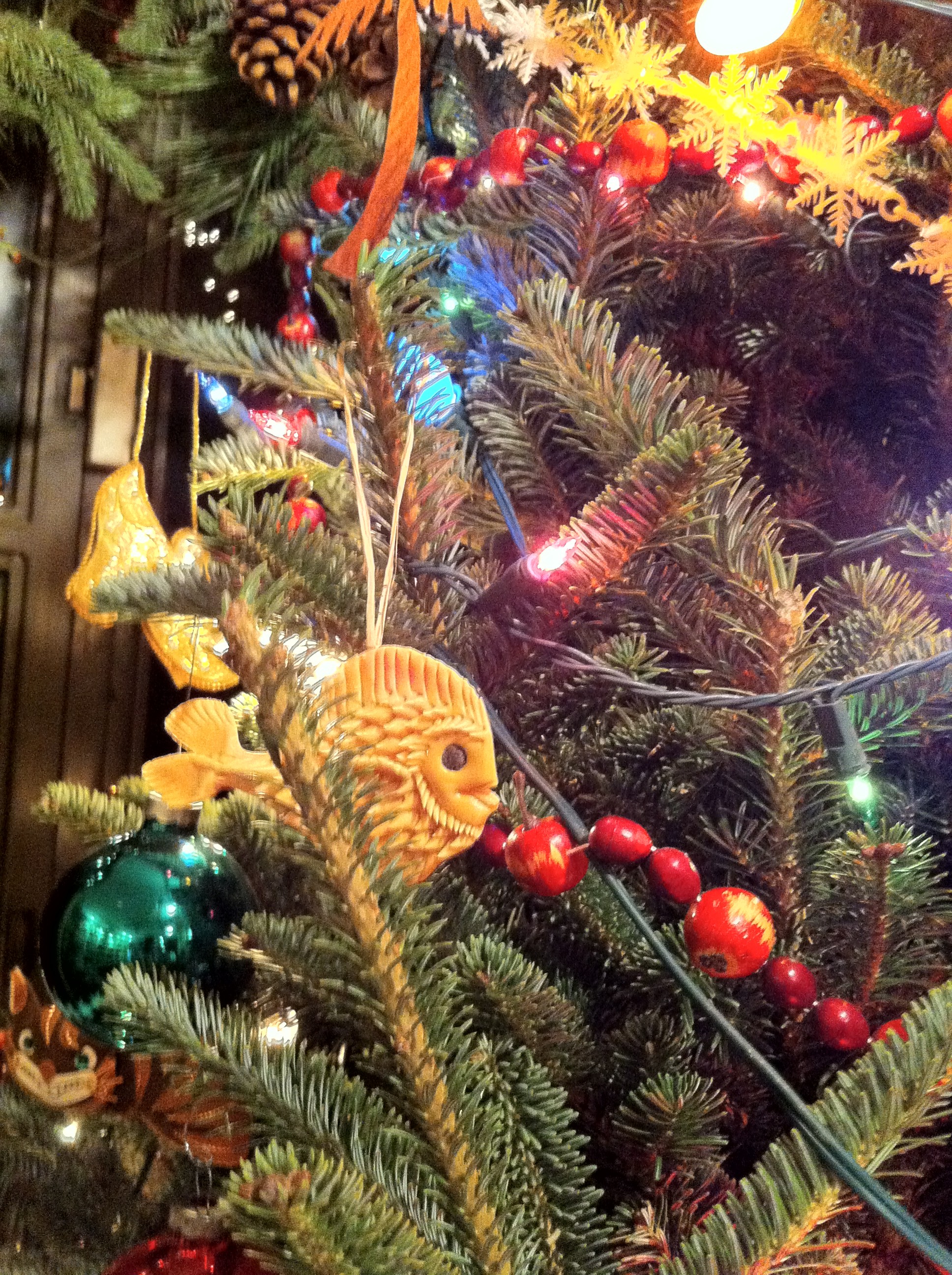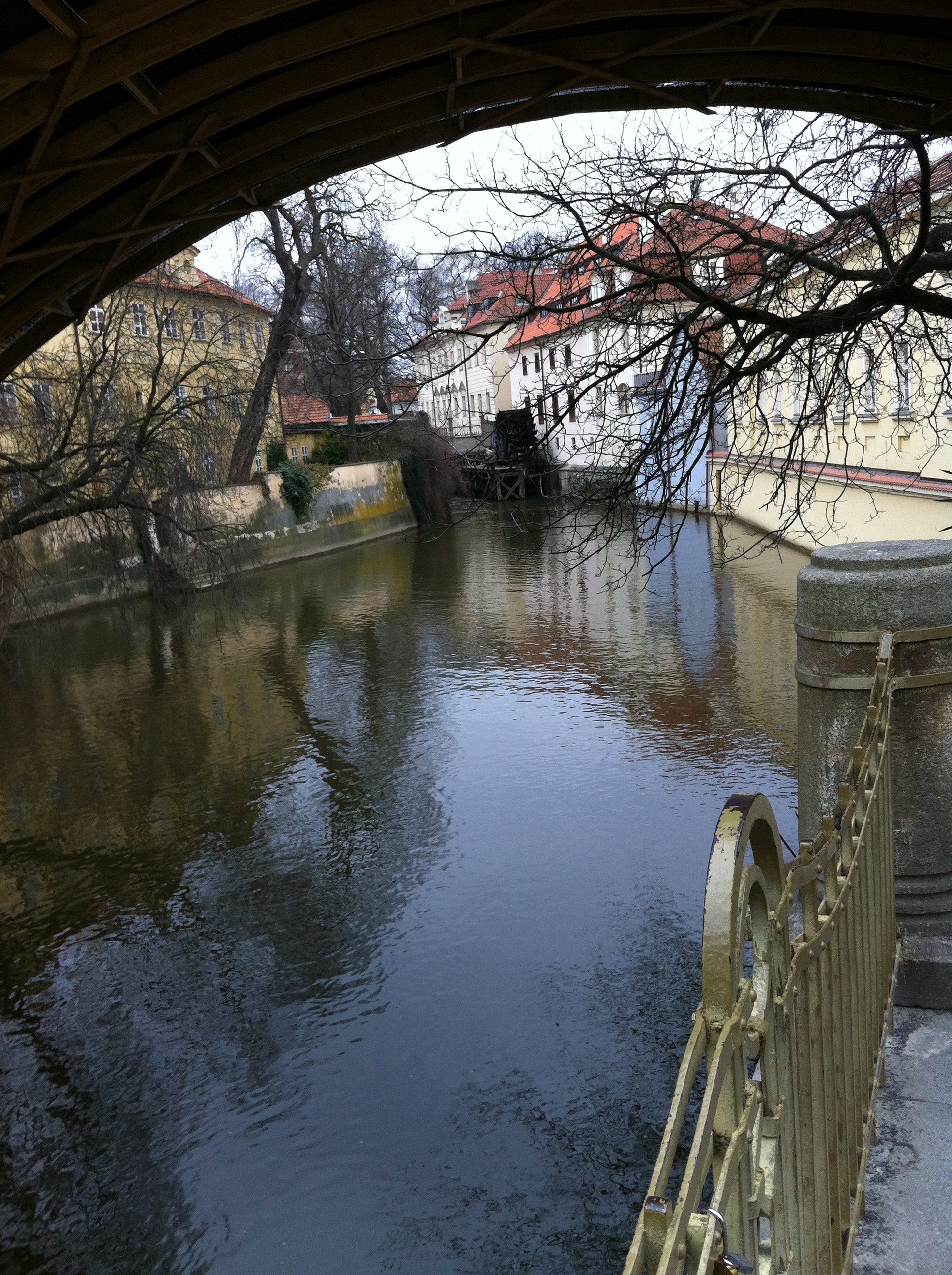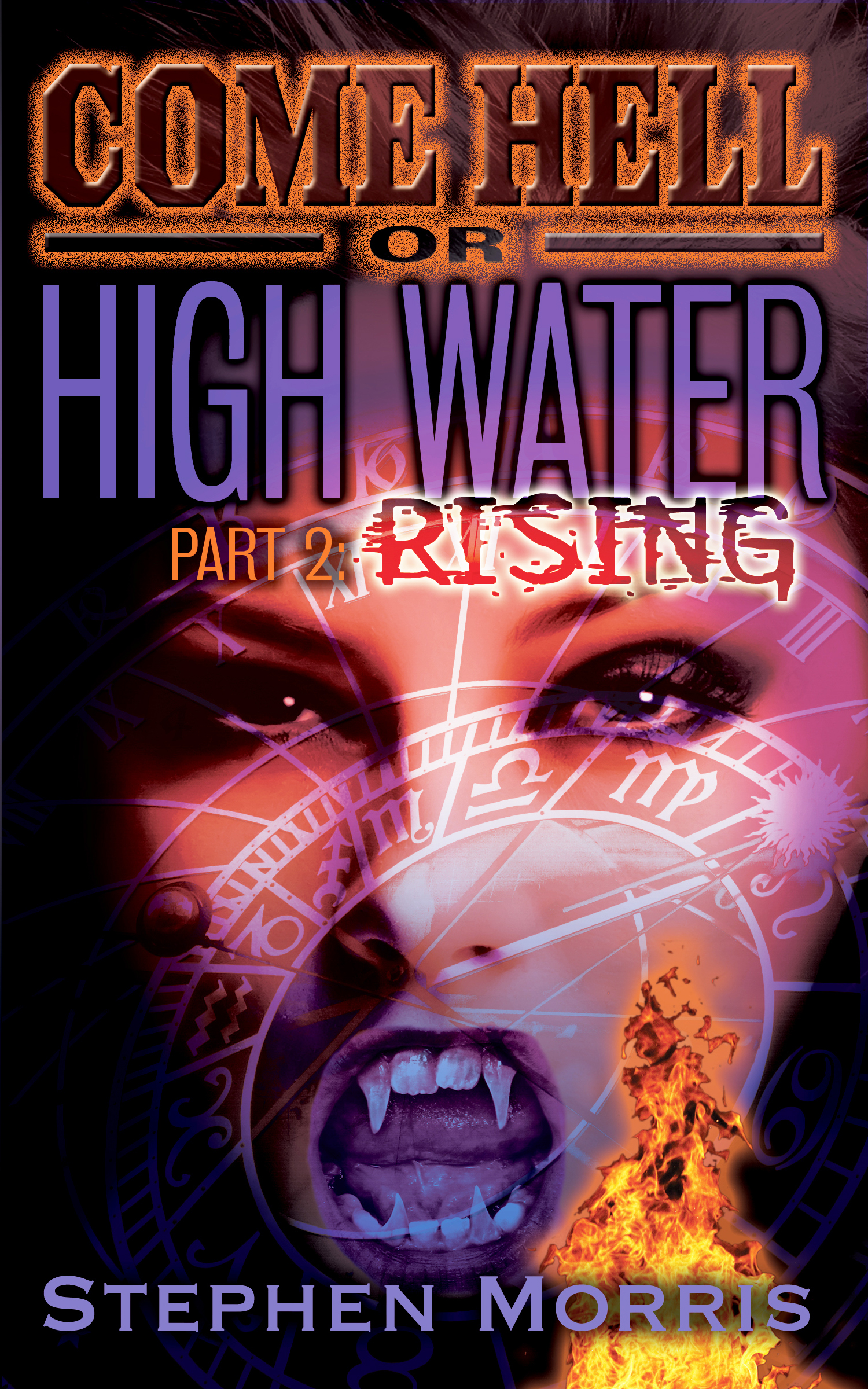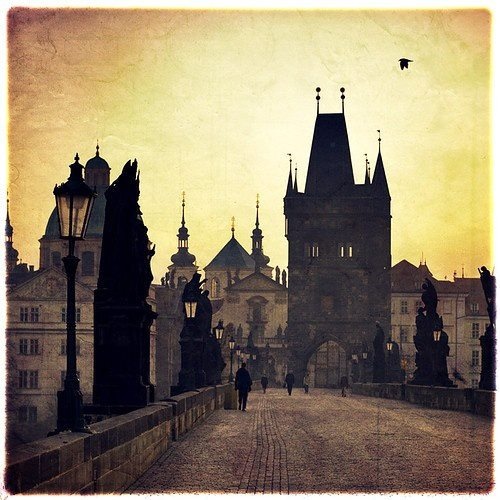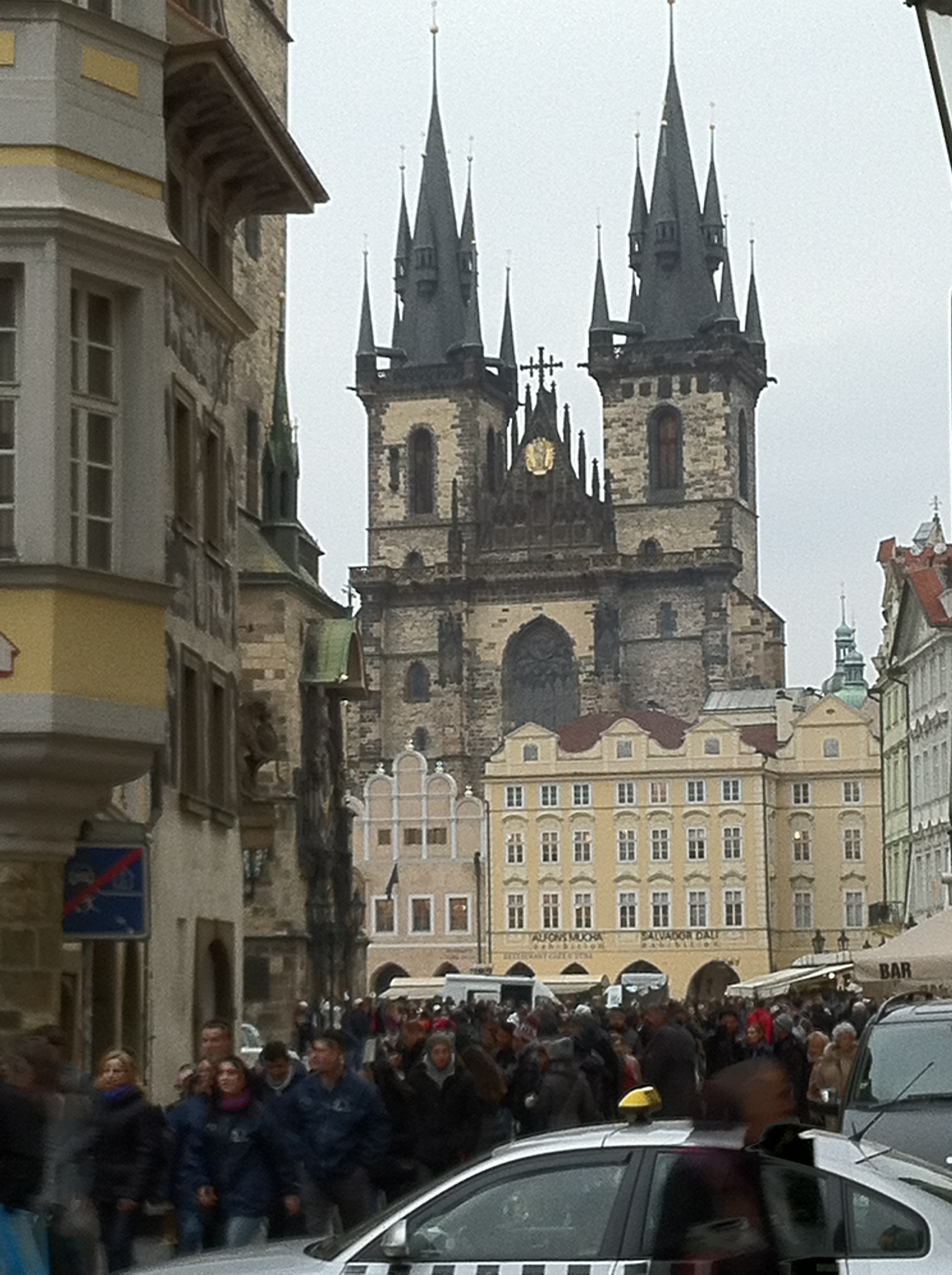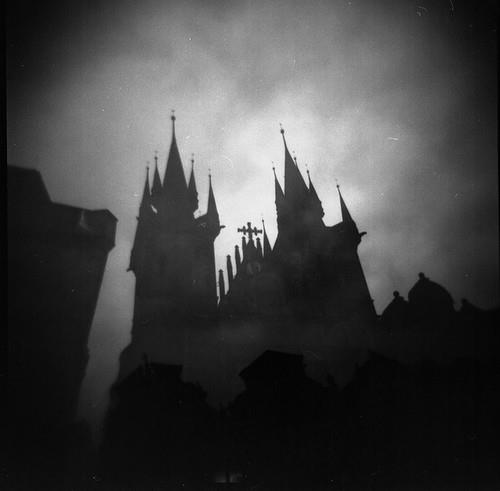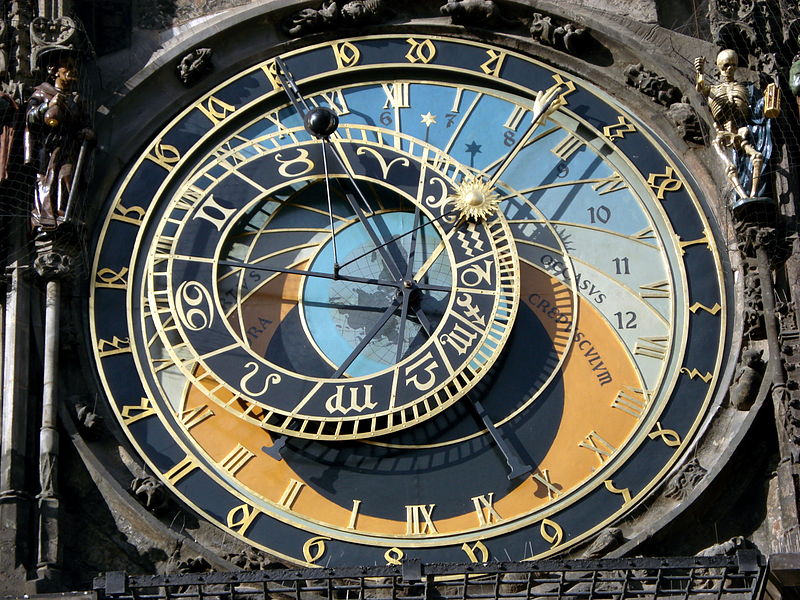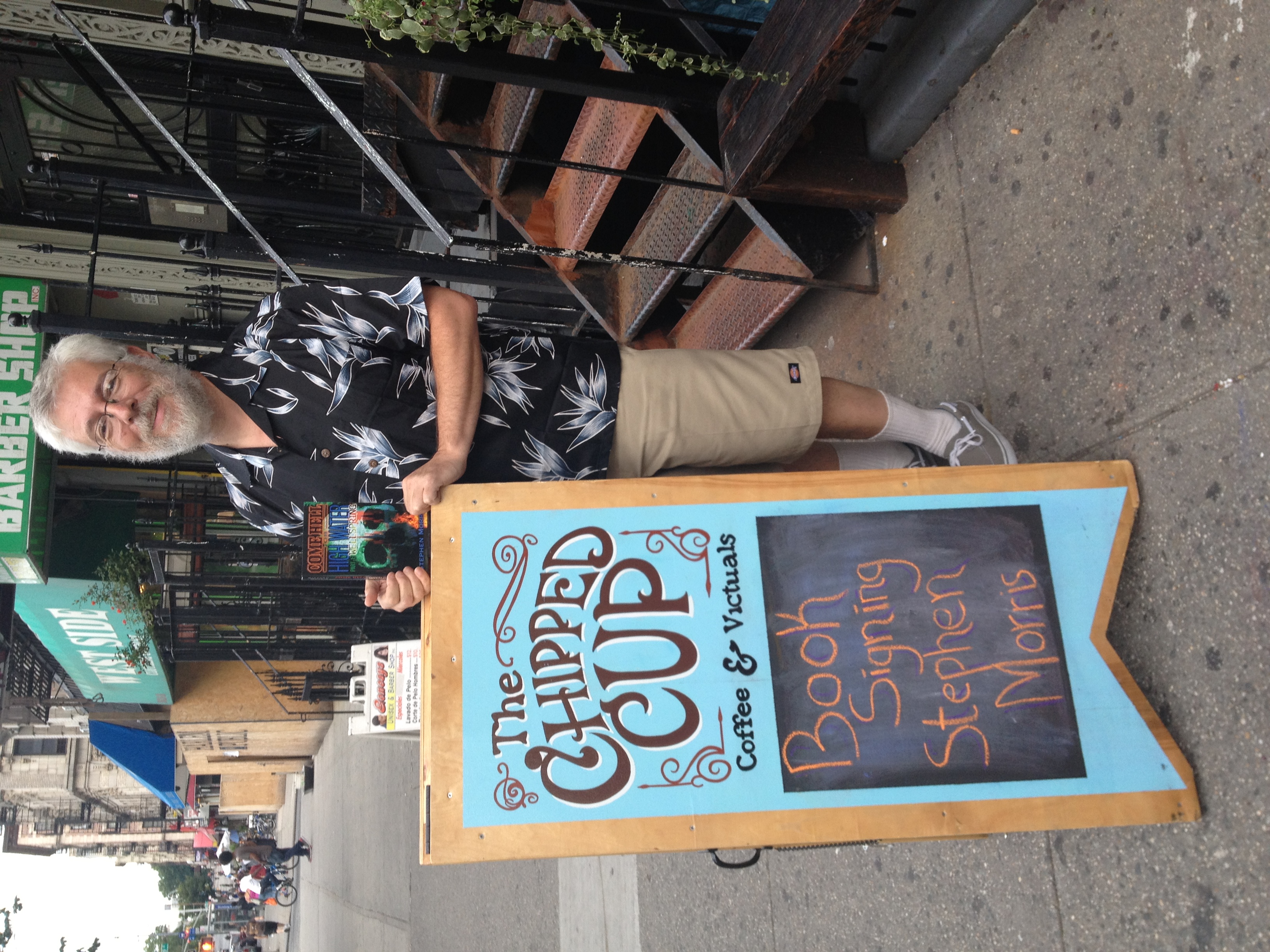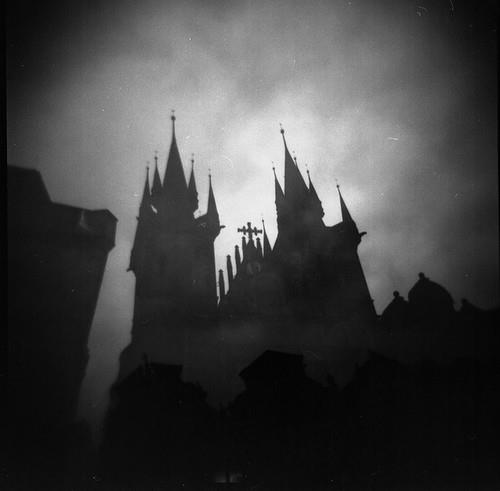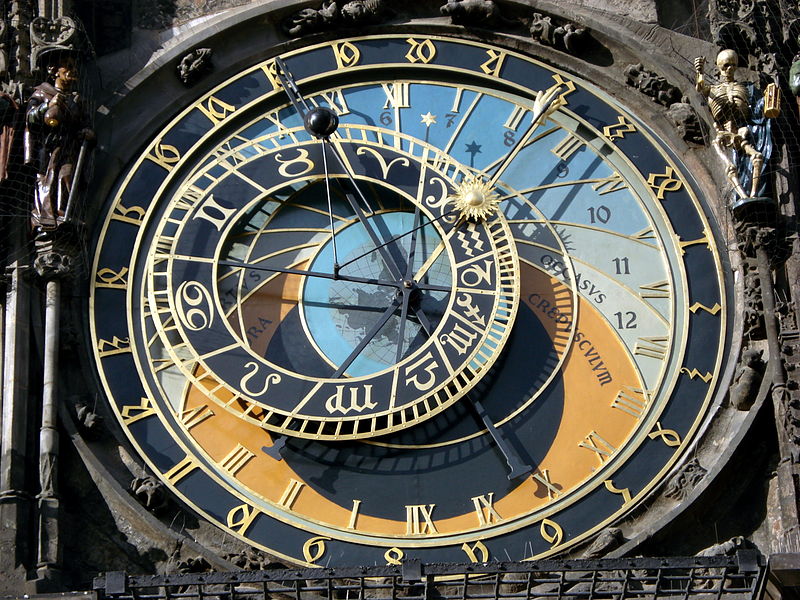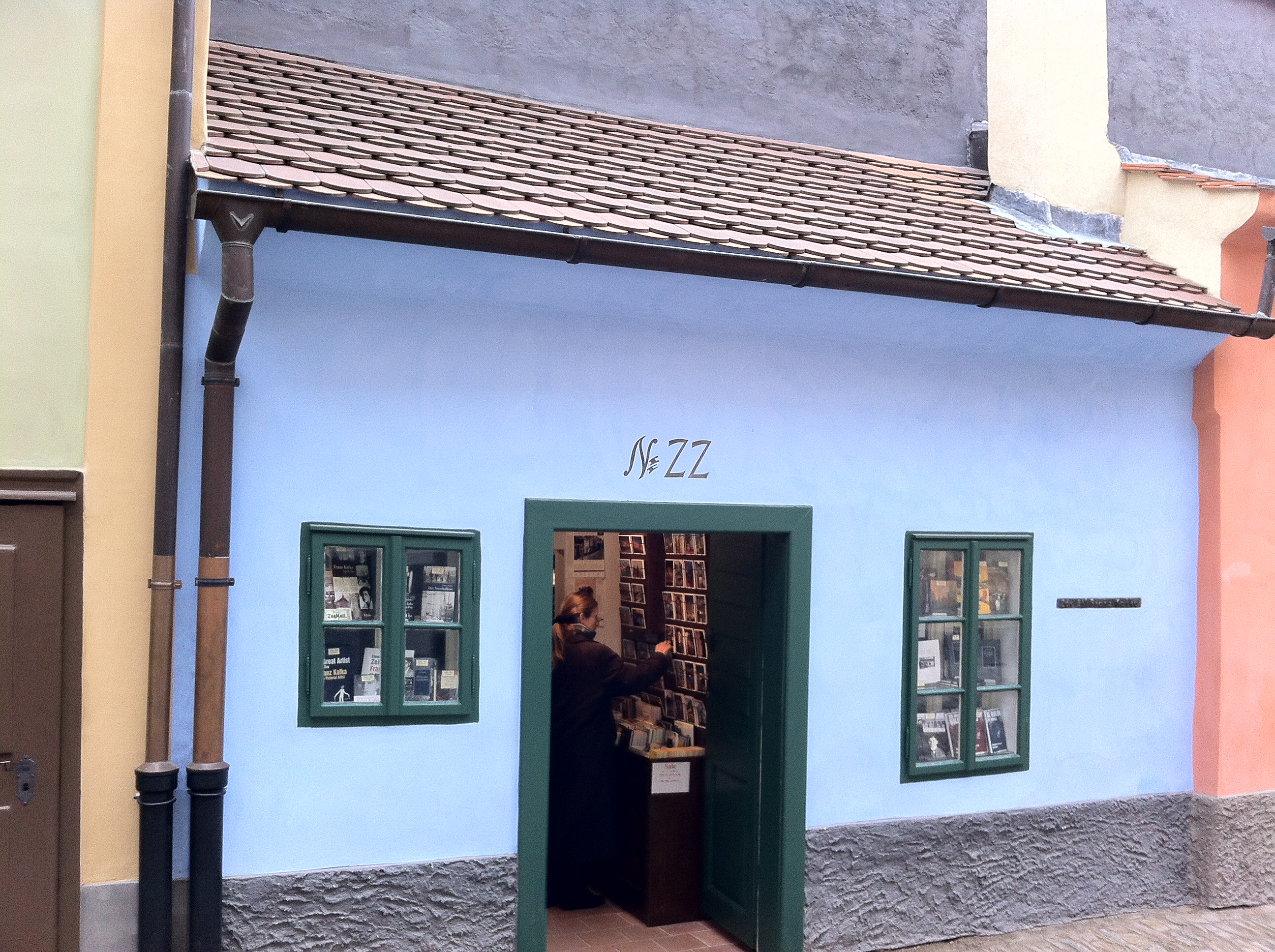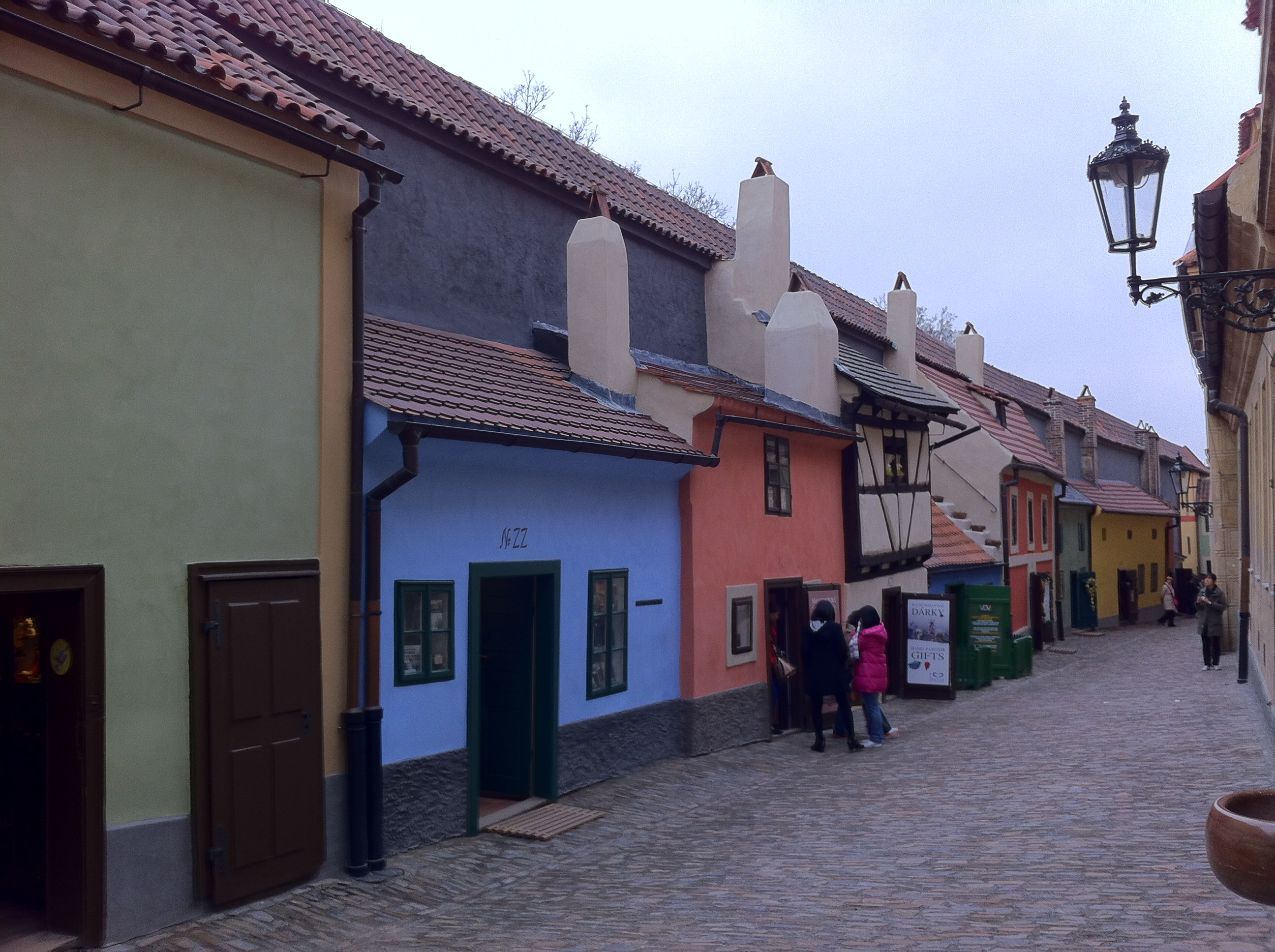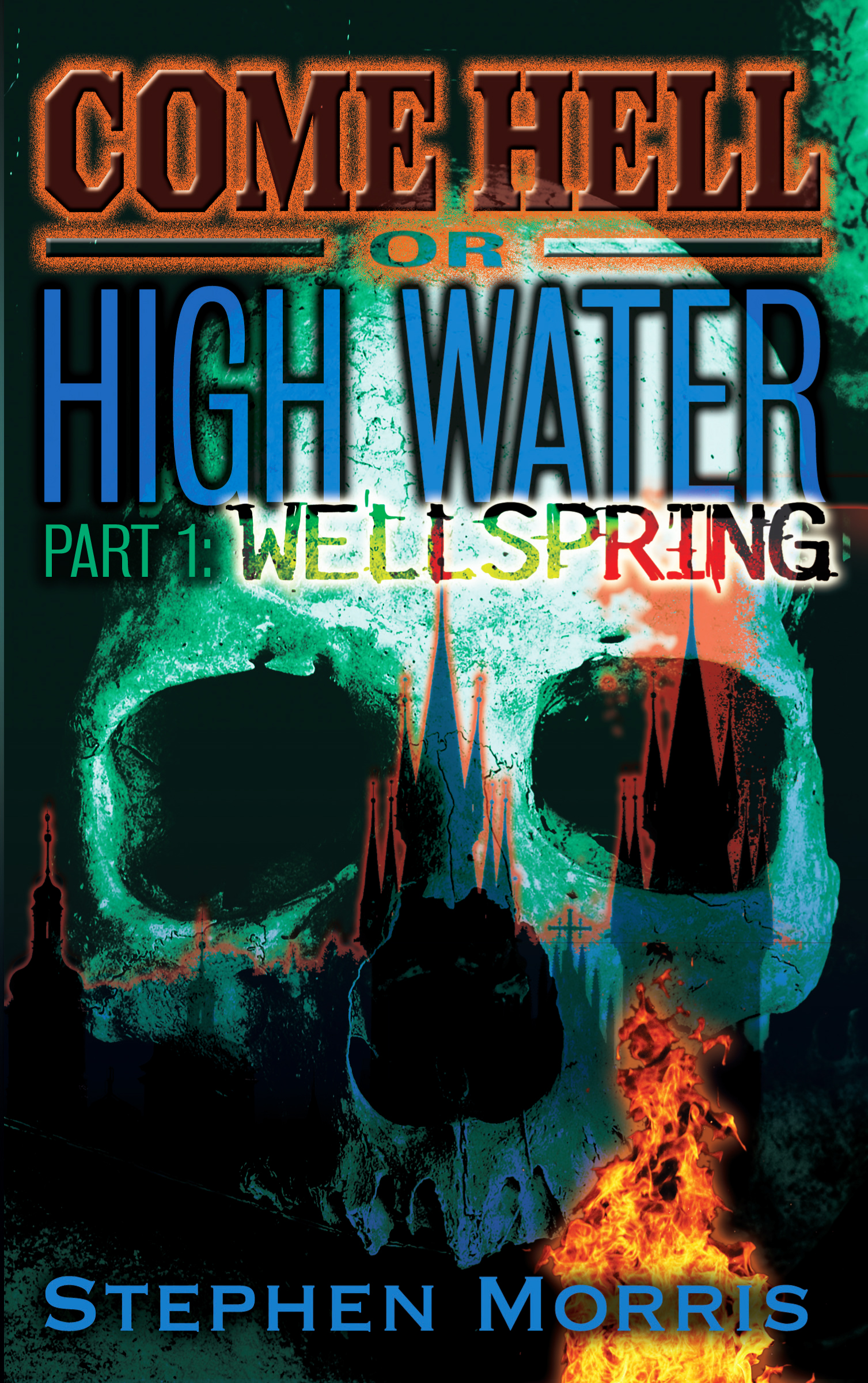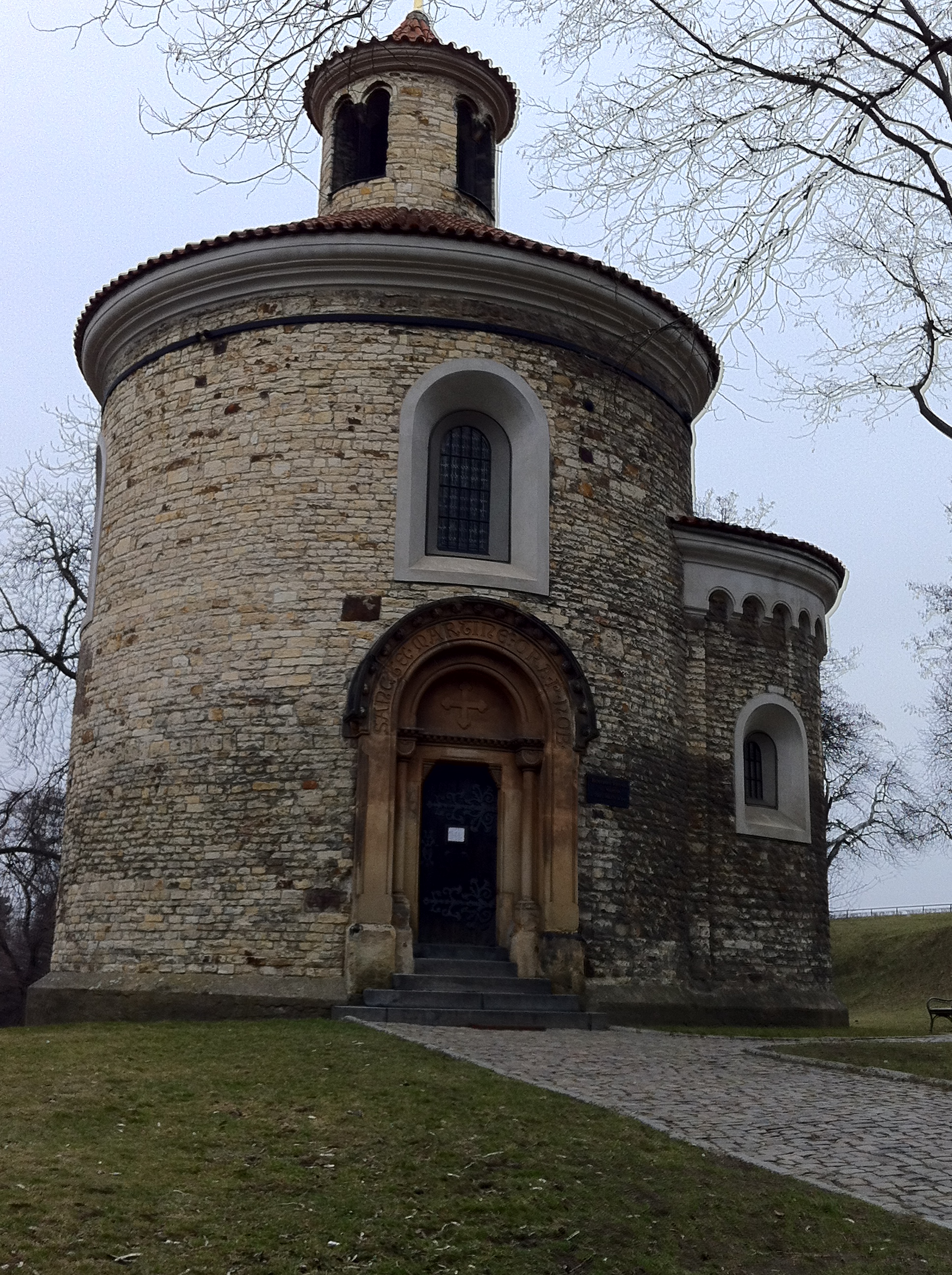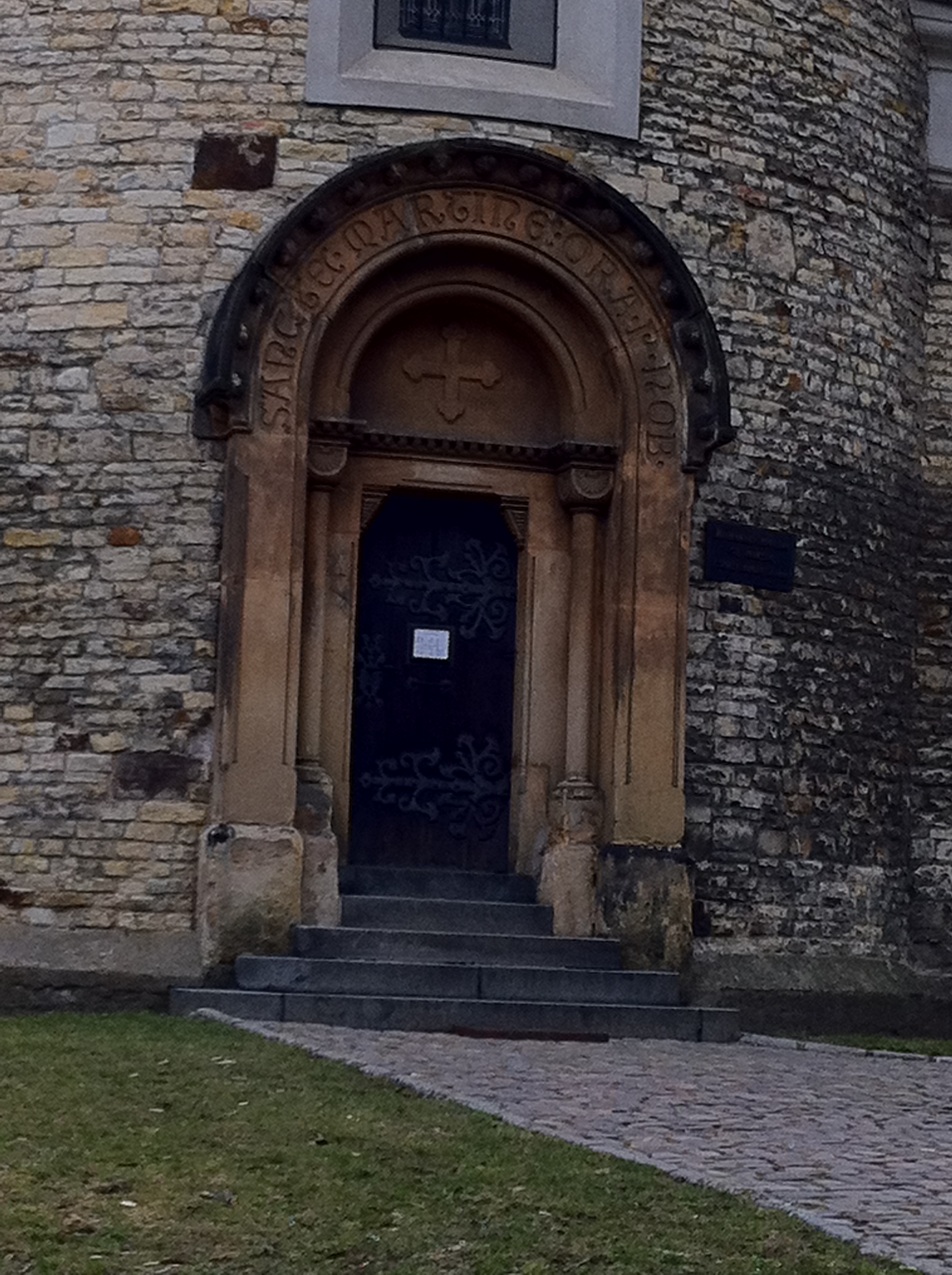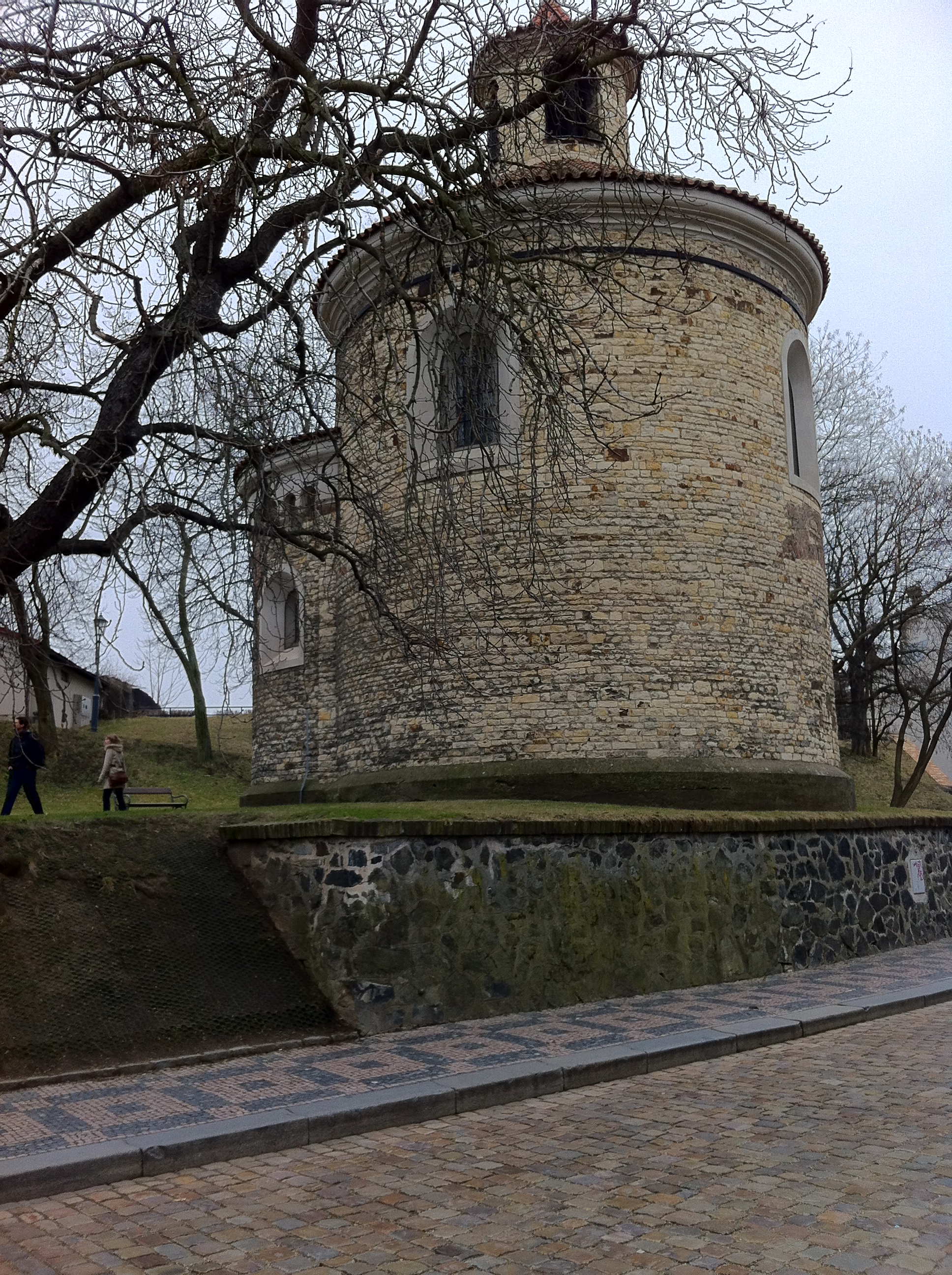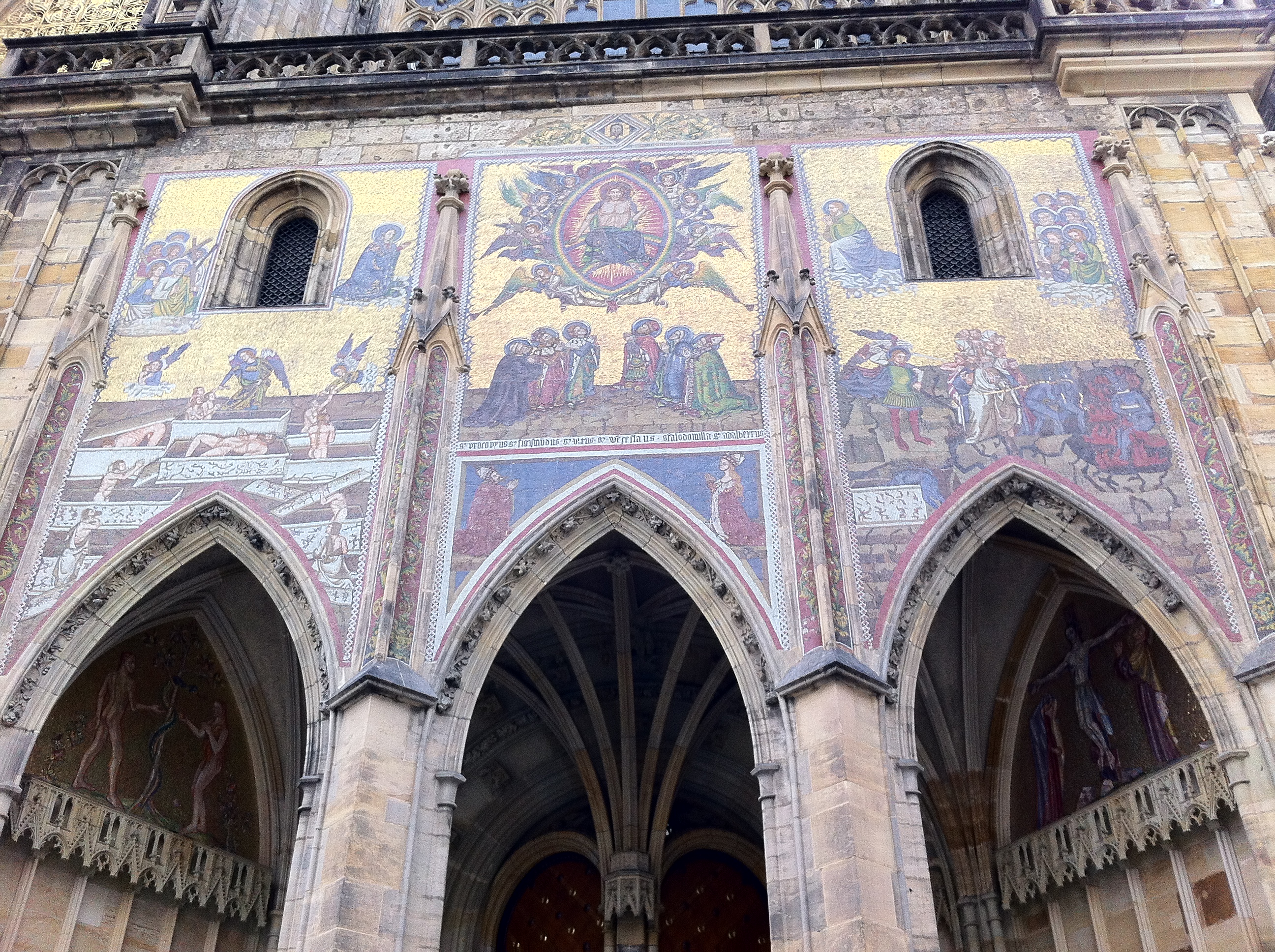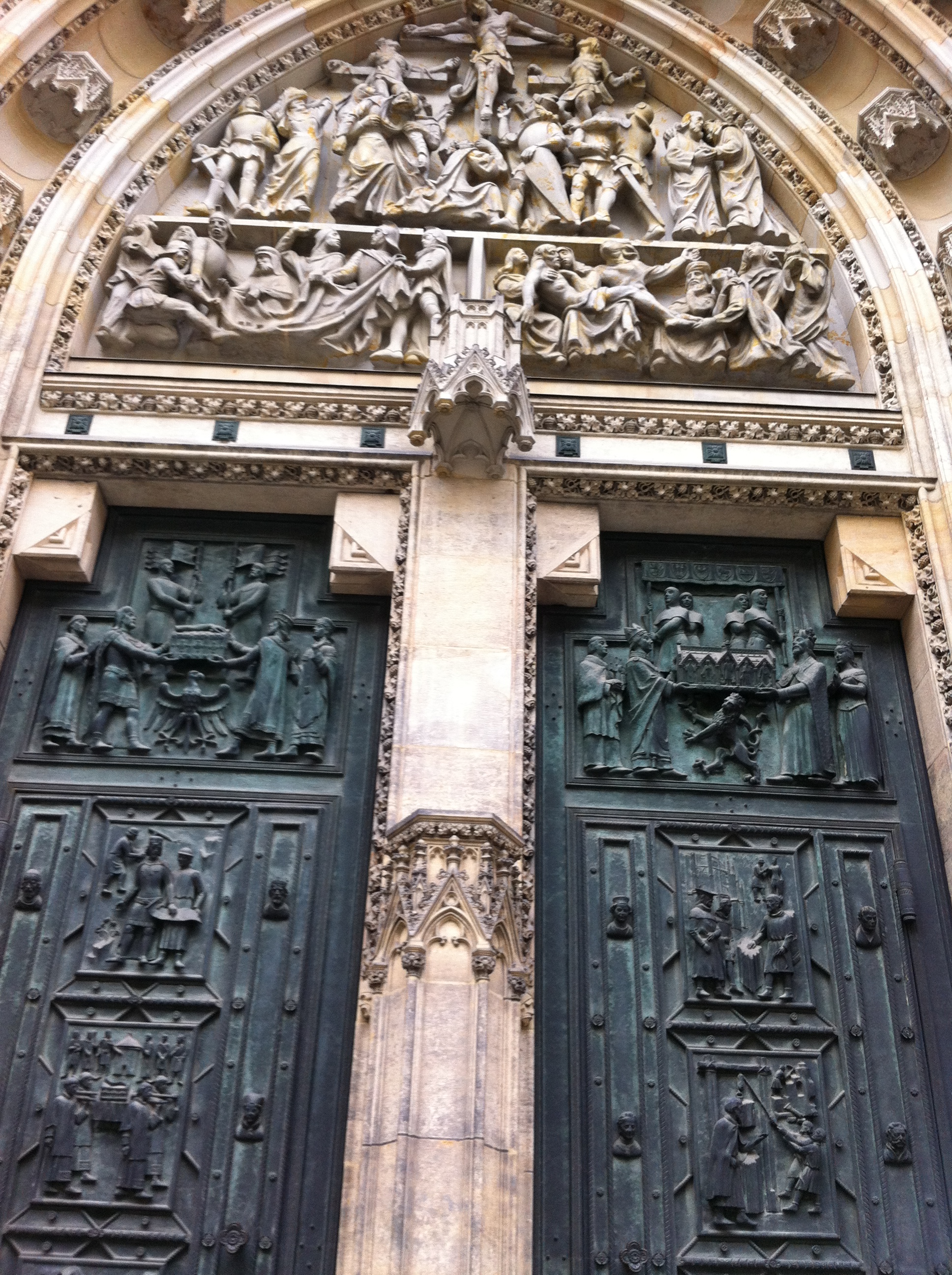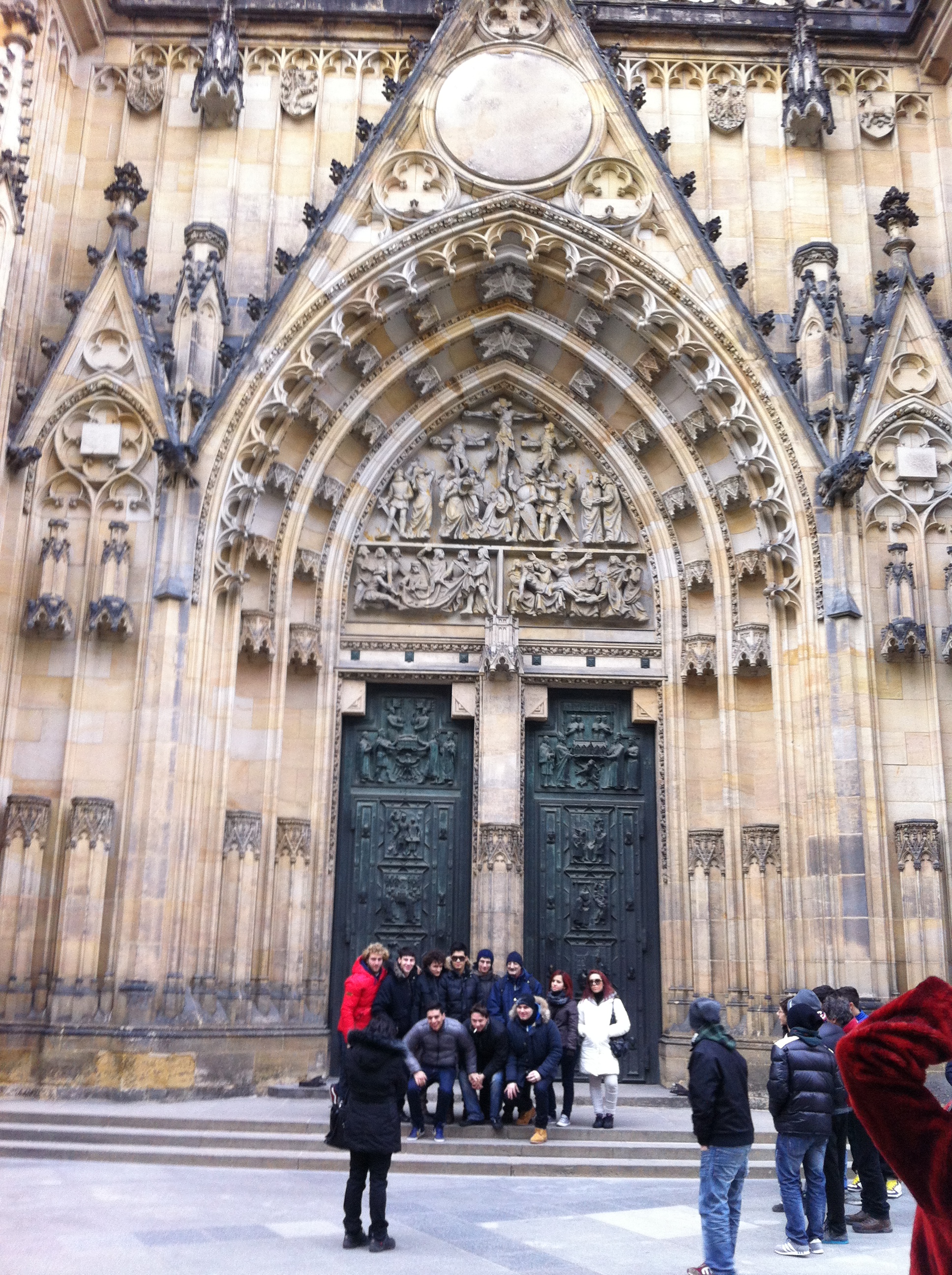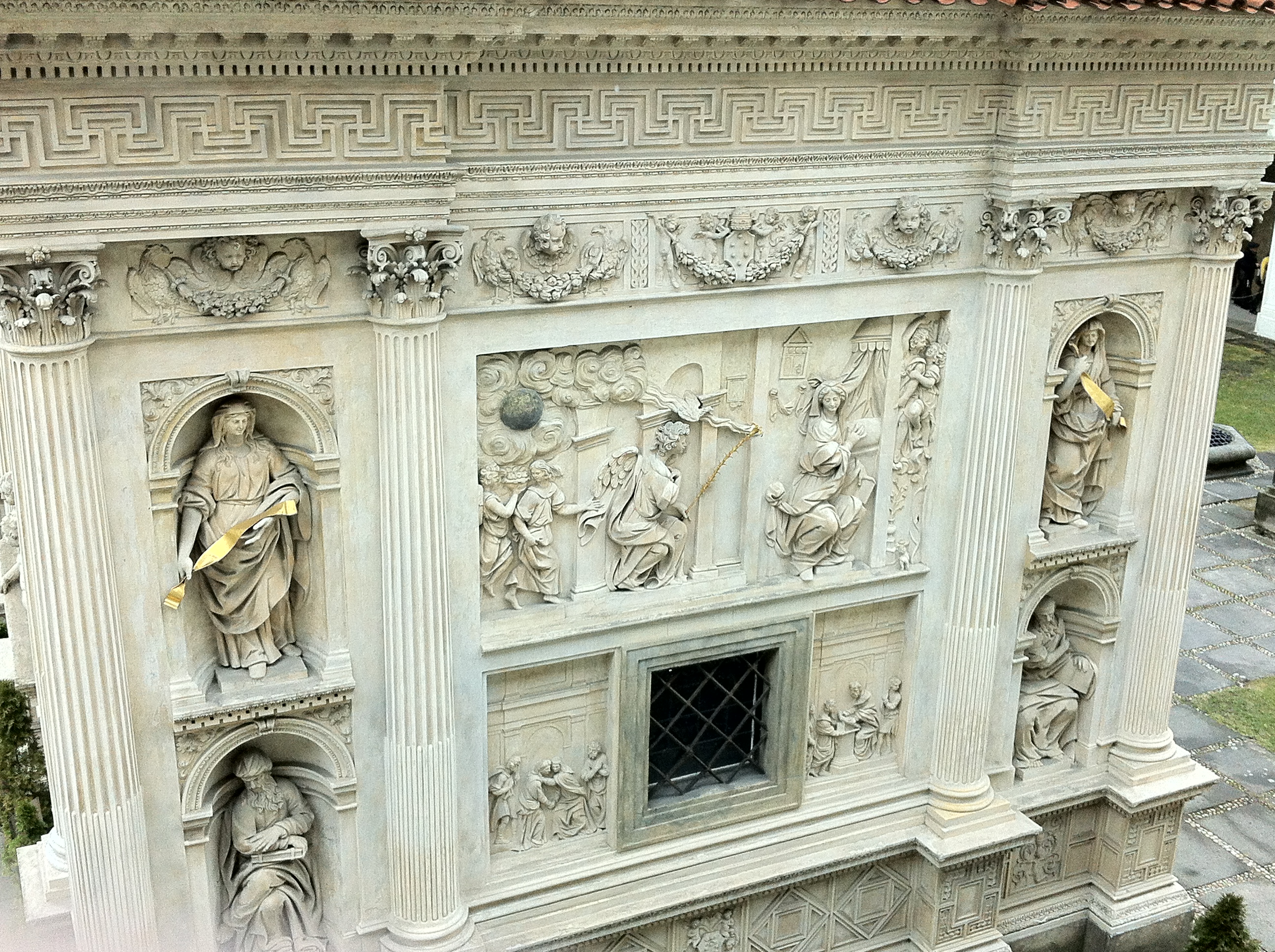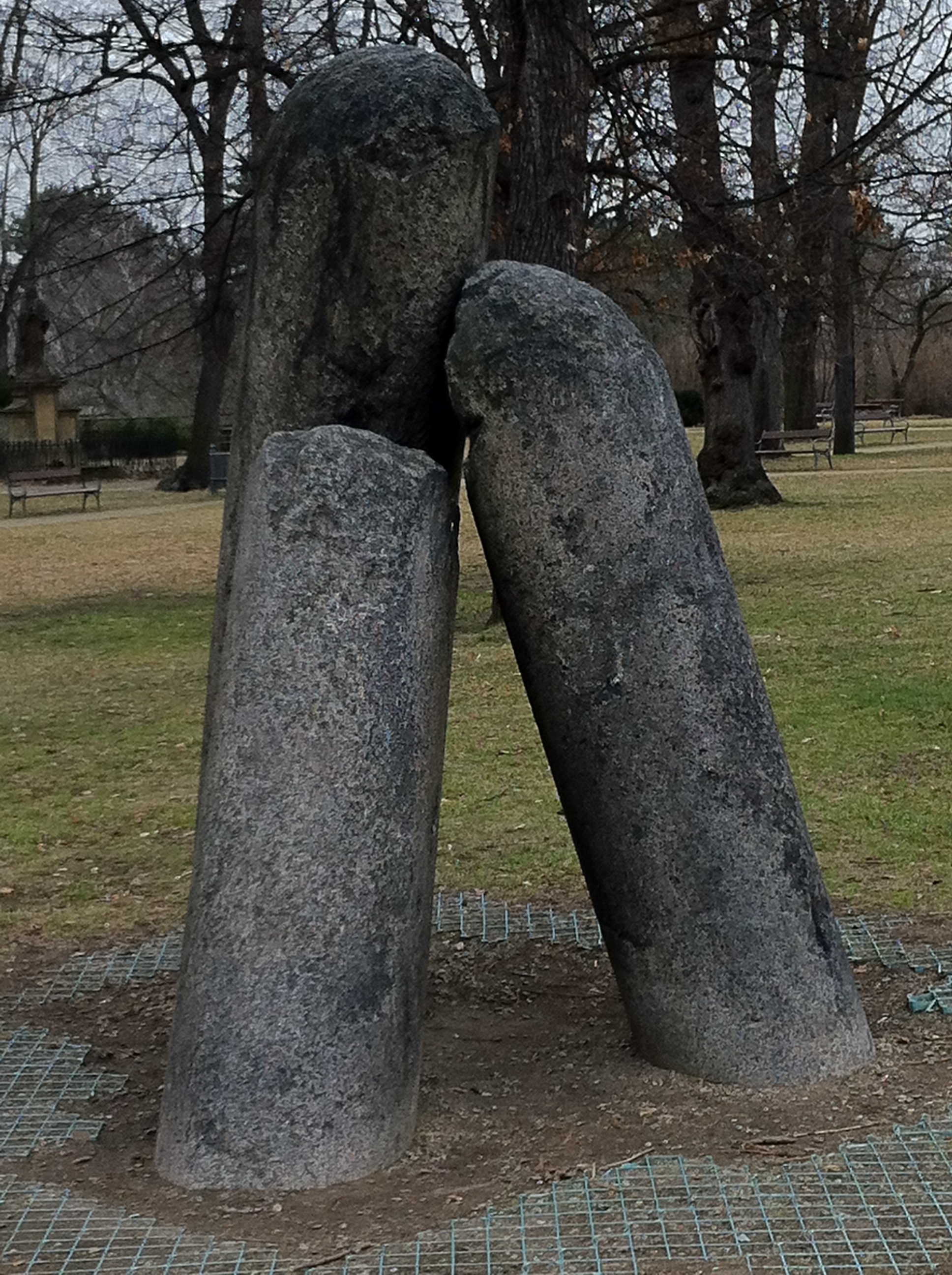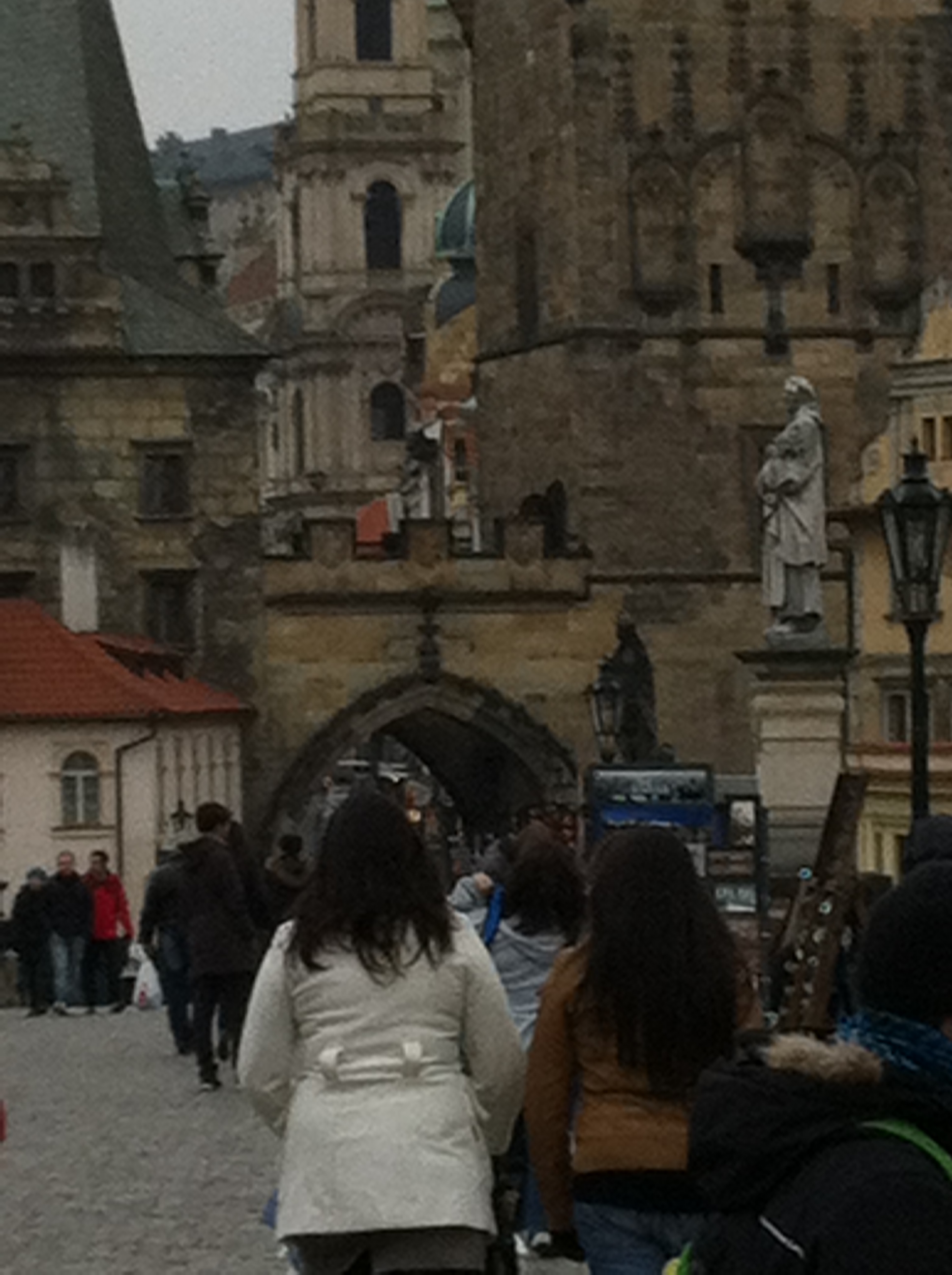MAY 23
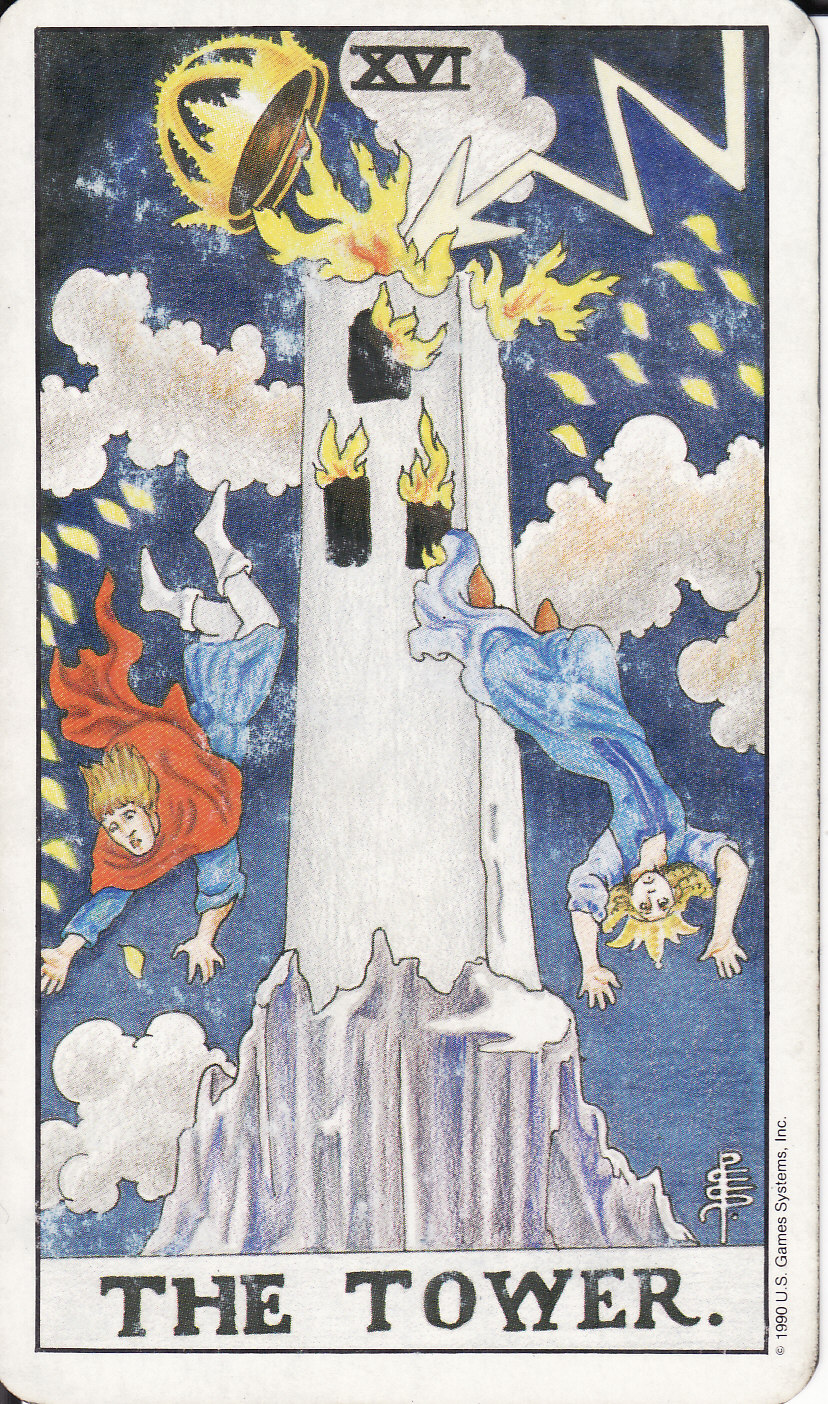
Each of the modern chapters in the CHoHW trilogy are named for a tarot card. The next to last chapter of PART 3: DELUGE is named for The Tower, associated with disaster and sudden changes of fortune.
Bonnie Cehovet, a leading blogger and reviewer of the Tarot and the Tarot-related, is among the first to review Part 3: Deluge of the Come Hell or High Water trilogy. She writes:
“Being a Tarot reader myself, and a student of esoteric magic, I was riveted at the use both factions (George and Magdalena, and Victoria and her professors) made of the Tarot itself, of the qualities of the four elements (Fire, Water, Air, and Earth), and of simple things like salt and herbs. Morris shows a thorough understanding of religion, myth, and basic human nature, bringing everything together in a final showdown between George, Magdalena (who is beginning to realize that she has been duped), the devil Svetovit, Victoria, and the professors.
This is quite a compelling series – one that you want to read again and again!”
Read the complete review here. Bonnie’s reviews can also be found on the http://www.aeclectic.net/tarot/ site, one of the best sources for Tarot supplies online.
Click here to order your copy of Come Hell or High Water, PART 3: DELUGE.
MAY 7
The release party for Come Hell or High Water, Part 3: DELUGE will be held at Marie’s Crisis at 59 Grove Street, New York City. Paperback copies will be available for sale and the autograph will be thrown in for free! Celebrate! Drink! Sing!
Take the A-D subway to West 4th Street or the #1 subway to Christopher Street-Sheridan Square. Party is 6–8 p.m. on Wednesday, May 15.
APRIL 23
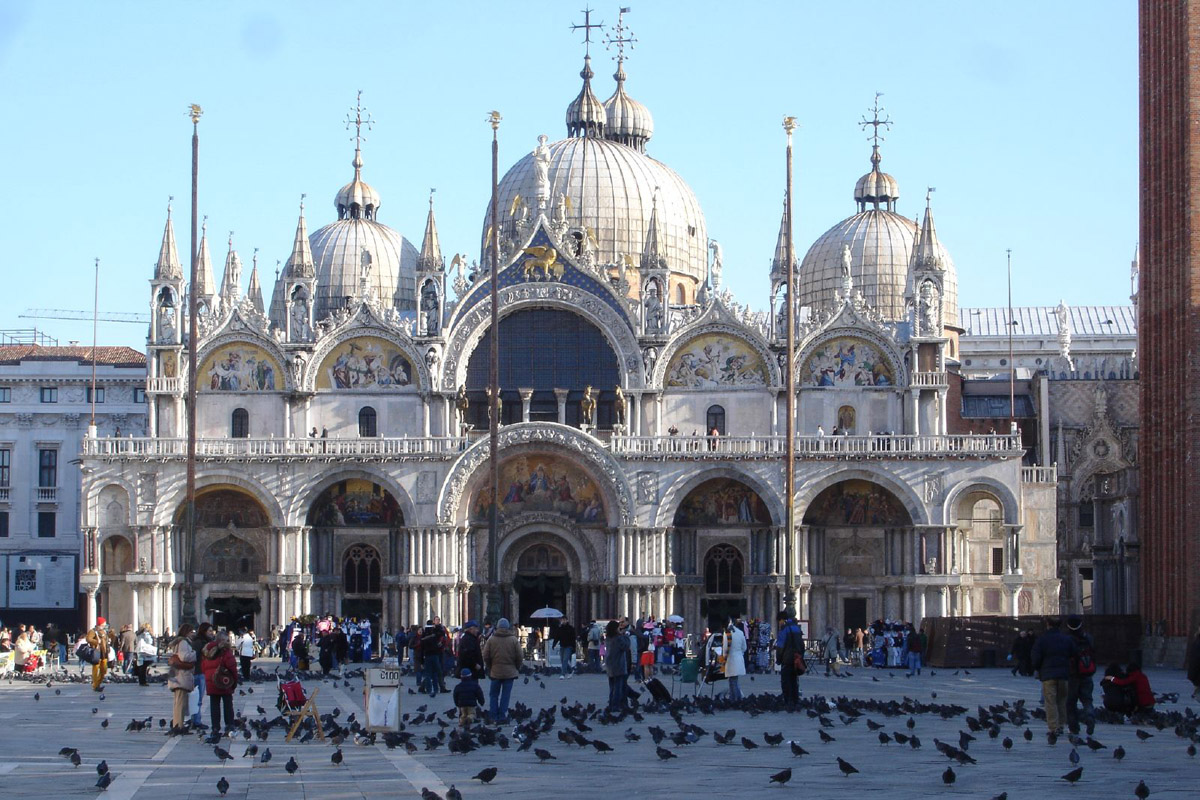
St. Mark’s Basilica in Venice is full of mosaics, relics, and treasures brought back from Constantinople by the Fourth Crusade in 1204.
St. Mark’s Eve is the day before the feast day of St. Mark the Evangelist. His feast is observed on April 25 of each year; thus St. Mark’s Eve is April 24.
On St. Mark’s Eve it was the custom in the villages of England, from the 17th century to the late 19th century, to sit in the church porch between the hours of 11.00 p.m. and 1.00 a.m. for three successive years. On the third such sitting, it was said that the ghosts of those to die during the coming year would be witnessed passing into the church. This practice took place throughout England, but was most prevalent in northern and western counties. Some accounts of the custom state that the watchers must be fasting, or must circle the church before taking up position. The ghosts of those who were to die soon would be the first observed, while those who would almost see out the year would not be witnessed until almost 1.00 a.m. Other variations of the superstition say that the watchers would see headless or rotting corpses, or coffins approaching.
Another, one might say opposite, tradition holds that a young woman can see the face of her future husband appear on her smock by holding it before the fire on St Mark’s Eve.
APRIL 9
“Diamonds are a girl’s best friend!”
Diamonds are the birthstone of April.The word diamond comes from the Greek word “adamas” meaning unconquerable or invincible. (Its Aryan root dam, to tame or subdue, is also the basis of the word ”madam”.) The adjective “adamas” was employed to describe the hardest substance known and became synonymous with the gem, in reference to the hardness of this stone.
In medieval Europe, the peasants believed diamonds could attract lightening and Judaic lore claimed that the brilliance of the stone was directly tied to the guilt or innocence of whomever was wearing it. Tell a lie and your diamond would dim. If you wanted a sparkling stone you had to be truthful. Even far into the 14th century, Jean de Mandeville wrote, “It happens often that the good diamond loses its virtue by sin and incontinence.”
In the Middle Ages many thought diamonds could cure disease. Because of the clarity of a fine diamond it seemed likely that the stone could filter out the impurities in a sick person and save them. For the same reason it was long believed that anyone wearing a diamond could never be poisoned. People often slept with diamonds in the hopes of waking up well, which led to a vast illegal trade of false gems.
Other attributes of diamonds are that they bring courage and hope to the wearer. The Roman’s believed that when one wore a diamond they were unable to be conquered by their enemies- a story that surely brought much hope and courage to soldiers or politicians able to afford the costly stone.
Diamonds, of course, are well known today as a traditional part of wedding and engagement rings. In the Middle Ages and the Renaissance, every ring set with a precious stone was more an amulet that bestowed magical powers upon its wearer, rather than a piece of jewelry. When set in gold and worn on the left side, it was believed that the diamond held the power to drive away nightmares, to ward off devils, phantoms and soothe savage beasts.(While diamonds association with wedding rings is largely a modern concept, a diamond wedding ring was given to Mary of Burgundy by Archduke Maximilian of Austria in 1477.)
MARCH 29
PART 3 NOW AVAILABLE!
Book Summary:
1356: A witch burns! Prague is cursed!
2002: The curse threatens to destroy Prague with a mammoth flood–can the professors find a way to defend and save the city?
It is the winter of 1356-7 and Nadezda, with the assistance of an elderly rabbi, confronts Lilith to discover the secret of the witch’s curse. Meanwhile, in August 2002, George and Magdalena help carry out the witch’s curse by conjuring the historic flood to wash away the Charles Bridge and its magical protection of the city, allowing them to unleash the devil Svetovit. Using the magic of tarot cards, the Evil Conference professors struggle to release the defensive magic buried deep beneath the streets of Prague. Finally confronting George, Magdalena, and Svetovit face-to-face, can the professors avert the doom that is engulfing the city?
eBook available here.
Paperback soon-to-be-released! Available for advance orders here on PubSlush.
MARCH 19

Stonehenge has long been considered a Druid site used for rituals to mark the solstices or equinoxes of each season.
SPRING HAS SPRUNG!
Stonehenge is considered by many to be a Druid ritual/astronomical site used to mark the seasonal solstices or equinoxes. The spring equinox was long considered the beginning of the year in many places; one of which, England, only adopted January 1 as New Year’s Day in 1762. Many of the egg-beliefs now associated with Easter were previously equinox-based. But the springtime equinox always marks the balance of light and dark, night and day and is the magical marker that indicates the world is steadily moving toward the zenith of light (midsummer).
If you make a wish upon seeing the first robin on the day of the vernal (springtime) equinox and complete the wish before the robin flies away, it will come true!
Luckily, your chance to make this wish is soon — the vernal equinox is this week! The pre-industrial, pre-modern world considered February 1-2 to be the first day of spring and the equinox to be “mid-spring,” but most of the modern world thinks of the equinox as the “first day of spring.” Although the equinox marks a consistent astronomical event (crossing the midpoint between the longest and shortest days of the year), the calendar date of the equinox has shifted considerably.
Julius Caesar ordered that the date of the equinox would be known as March 25 and that was the pivot around which the rest of the year rotated. But as the (slightly inaccurate) calendar grew more and more out of alignment with the position of the sun, the equinox crept up earlier and earlier until it was actually happening on March 11. When Pope Gregory XIII revised the calendar in 1582, the equinox was restored to March 25. But even though the current calendar is more accurate than Julius Caesar’s, it has still allowed the equinox to drift. Throughout most of my childhood, the equinox was observed on March 21; now, it is often observed on March 20 (as it is this year).
MARCH 12-13-14
PART 1: WELLSPRING eBook/Kindle Edition Promotion
FREE KINDLE eBOOK PROMOTION: Come Hell or High Water, Part 1: Wellspring shows how nefarious events of the past never die and live on… http://amzn.to/VXvJTt Get it for FREE on Kindle during these three days!
MARCH 4
Daffodil or “lent lily”, one of the early blooming flowers of spring and the flower most associated with the month of March, is a common name for the blossom which is a variety of those called “Narcissus.” It was said by the ancient Greeks to have bloomed where the youth Narcissus withered and died, having become infatuated with his own reflection in a pool. (The goddess Nemesis had cursed him in retaliation for his already self-obsessed and cruel disdain of the mountain nymph Echo. Echo had already been punished by the goddess Hera who had made it impossible for Echo to say anything other than repeat a word or two that someone else had spoken to her. Greek mythology is one big interconnected soap opera, isn’t it?!)
It is associated with the goddess Venus (because of Echo’s love for Narcisscus and Narcissus’ love for himself) and is therefore a “feminine” plant. The alchemists associated daffodil with the element water (perhaps because of its association with Narcissus’ death by a pool, even though the flower itself grows easily in meadows and woods).
If you carry daffodil, it will attract a lover to you. If you place fresh-cut daffodil in your bedroom, fetility will increase. If the bloom is plucked and carried next to your heart, it will attract good luck to you. Good luck and fetility being exactly what Narcissus was himself in short supply of, perhaps his flower is attempting to make amends for him and his bad behavior toward the nymph who wanted nothing more than to be his lover.
FEBRUARY 28
PART 3: FIRST PAGES AVAILABLE NOW!
PART 3: DELUGE of the Come Hell or High Water trilogy is nearing completion! I’m polishing the last 30 pages, so in the meantime I have posted the opening pages on Wattpad here. Just “click” to read the beginning and get a glimpse of the magic about to be released! Leave a comment on Wattpad when you’ve read the excerpt.
You can also read a rough draft of my story about an Estonian werewolf (metsatöll) in Prague 1890 on Wattpad here. In Estonian folklore, werewolves were the “good guys” and could fly. They would battle the weather in the sky and drive away the worst of the storms that would threaten the livilhood of their village. In this story, Alexei inherits his grandfather’s magical wolf pelt and the postion of village metsatöll but he violates the terms of the wolf-magic and terrible events follow. Please leave a comment or two on Wattpad after you read this story, as well.
FEBRUARY 21
MAGIC IN THE MOVIES
What’s wrong with the scene of the Wicked Witch flying to the Emerald City to demand, “Surrender Dorothy!”
The earliest known depiction of witches on broomsticks (c. 1440).
One of the most common ideas about witches is that they fly through the sky on broomsticks – although very few are known to spell out messages like “Surrender Dorothy!” as they do so. Even the students at Hogwarts learn to fly on broomsticks. The assumption is that anyone magical MUST fly around on a broomstick!
But the original reports of witches flying through the air focused more on the ointments they used than on the implements involved. Most often, the ointment was to be rubbed by the witch onto his or her own skin. Sometimes the ointment was to be rubbed on the implement the witch would straddle. These instruments were always the tools used in maintaining a fireplace, so witches would ride pokers and tongs as well as brooms. The flights were also always at night, so the Wicked Witch of the West’s smoke-written message would not have been visible in the night sky.
What was in these magical ointments that made it possible to fly? The ingredients vary from recipe to recipe but always include at least one drug that is now called “hallucinogenic” in addition to several other gruesome ingredients like human fat, so the modern theory is that the ointment caused the witch to experience flying. (If the ointment was applied directly to the skin or was first applied to the fireplace tool and then absorbed through the witch’s skin as he or she straddled the poker or tongs or broom, it would still have the same effect as the witch would typically be nude while straddling the anointed implement.)
The reports of flight would also describe the witches leaving their material bodies in bed or sitting asleep in front of the fireplace as their spiritual bodies rode the brooms and tongs through the sky. This distinction between “earthly” and “astral” bodies was vital to the accusations brought against witches at their trials. During the great witch hunts, none of the accused were thought to practice anything so tawdry as simply jumping onto a broomstick to fly away into the night. It was always the astral body which went flying and the earthly body which remained at home. (It is only in the more recent movies and television shows that witches bring their earthly bodies “along for the ride.”) So the traditional broom-lore and the modern theory of drug-induced hallucinations that would mimic flight mesh rather well.
FEBRUARY 16
Pamela Colman Smith, best known for her illustration of the tarot deck that now bears her name [Rider-Waite-Smith] and has become the standard deck nearly all readers begin and learn with and continue to use throughout their reading careers, was born on February 16, 1878. Born in England and raised in New York, she studied art at the Pratt Institute in Brooklyn. She returned to England when her father died in 1899 and continued her work as an illustrator which she had begun in the US. Her work included illustrating works by Bram Stoker and she began designing costumes and stage sets for the theatre company Stoker was affiliated with.
Her friend Yeats introduced her to the Heremetic Order of the Golden Dawn and she joined in 1901. Having met Waite, he commissioned her to produce a tarot deck in 1909. Published by William Rider & Son of London, the deck was the first to depict illustrations for all the cards, Minor Arcana as wellas Major, and has remained the most popular and easily available deck.
The images she designed for the Major Arcana were evidently based on Waite’s detailed instructions but he simply gave her a list of the meanings associated with the Minor Arcana cards and left her to design the images for those herself. Most likely, she drew all the images in pen-and-ink and then used watercolor to complete the work.
Shortly after the publication of the tarot deck, Pamela converted to Roman Catholicism. She died in Cornwall, 18 September 1951 penniless and in debt, evidently having received no royalties from the card images she had produced and for which she had been paid a flat fee.
FEBRUARY 14
Love is in the air!
With the modern celebration of Valentine’s Day nearly upon us, can thoughts of love magic be far behind? A number of traditional ways to win another’s heart have been used over the years. One way a woman could win a man’s heart was by feeding him food into which she had mixed some of her own blood (menstrual blood was especially effective). Catching the reflection of mating birds in a mirror on Thursday was the first step in a more complicated love spell. After catching the reflection, a person would give the mirror to his or her chosen and once the receiver looked into the mirror, they would be irresistibly infatuated with the mirror-giver. Or a woman might resort to the much more simple use of caraway seeds, cloves, or coriander to win the affection of the man she had chosen. One English love potion included the kidney of a rabbit, the womb of a swallow, and the heart of a dove while an ancient Greek love potion used a stallion’s semen or a mare’s vaginal discharge.
Garlic, saffron, ginger, or even vanilla(!) were more likely to be used in erotic magic, which was less concerned with affection, and more likely to be aimed by men at women. Wax images could be pierced by pins to incite lust. Striking the intended with hazel or willow branches was also thought to inspire lust. Or you could obtain a few hairs from your intended’s head, tie them in a knot with twine, and then keep the amulet on your thigh or around your genitals to draw your intended’s attentions.
Of course, there were ways to deflect this sort of magic as well. Lily or lettuce could break love spells or decrease lust and thwart unwanted attentions. Just be sure not to confuse which herbs you feed to which guest at your table!
FEBRUARY 11
Come Hell or High Water, Part 2: Rising is the Kindle Fire eBook of the day! Go see the feature here!
Exciting! Let’s raise the sales ranking of the book like we did for Part 1 when Kindle Nation Daily featured it in January!
FEBRUARY 7
A “feminine” herb, ruled by Venus and associated with the element Water, thyme (named by the Greeks from the word “fumigate” or “smoke”) is burned to attract health and promote psychic powers. It is also burned to purify an area prior to performing a magical ritual. A bath of thyme (combined with marjoram) cleanses a person of sorrows and ills, even those of long-standing. Roman soldiers would sometimes wash in thyme before a battle to increase their courage and strength. (It was probably the loss of the soldiers’ sorrows and ills which allowed their courage and strength to come to the fore.)
Thyme can also be used to bring a restful, undisturbed sleep and keeps nightmares at bay. To do this, it should be placed beneath your pillow. (I should have used this the other night when I was awakened at 3 a.m. by a nightmare in which I was buried alive by the 30 Rock character Tracy Jordan. Seriously — Tracy Jordan?!?!)
Thyme was also reportedly used in Egypt during the mummification process. “To sleep, perchance to dream….” A well-rested sleep, with good dreams that are pure and undefiled. These are the gifts of thyme, to both the living and the dead.
FEBRUARY 2
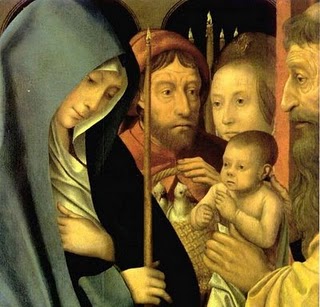
Marking the 40th day after Christmas, Candlemas celebrates the triumph of light/spring over darkness/winter. Candles blessed on this day were among the most powerful talismans available to ordinary folk in the Middle Ages.
Candlemas, the name taken from the custom of blessing the year’s supply of candles on this day, is the 40th day after Christmas and marks the day Jesus was brought into the Temple by the Mother of God and acclaimed by the elder Simeon as “the light of revelation to the Gentiles and the glory of … Israel.” He also told the Mother of God that a sword would pierce her own heart during the ministry of her Son.
Candlemas, attached to the older feast of Imbolc and the quarter-day between Winter Solstice and Vernal Equinox and thus marking the first day of spring, was even more popular than Christmas in many areas (such as those under the influence of Byzantium and Byzantine Christian culture). People would flock to the churches to obtain the candles blessed on this day as the power of these candles to dispel darkness, death, illness, demons, and nearly anything else that might be considered dangerous to humans was widely reputed to make them the most powerful weapons in the medieval arsenal against evil.
It was also common in western Europe for new archbishops or other leading churchmen to receive their pallium (the “stole,” a vestment similar to a scarf that drapes around the shoulders) on this day, woven from wool sheared from lambs on St. Agnes’ day (January 21).
[JANUARY 30
The King of Swords, sometimes called the “King Arthur card” of the Tarot deck, depicts a stern and austere man sitting on his throne with his great sword (Excalibur?) in his fist. The throne has a brocade backdrop depicting a butterfly (a symbol of immortality). A glimpse of a man with outstretched arm can be seen at the bottom of the brocade. Birds flutter in the sky, perhaps the pair of ravens (known as Thought and Memory) who brough news to Odin each day.
When the card is upright, it speaks of an intelligent person who knows his power — whatever that power might consist of — and the authority he wields. He is not afraid to use that power and authority and uses it primarily to defend the poor, the weak, the needy. He is always available to those who need him, much as the knights of the Round Table were ready to set out on a quest at moment’s notice to right the wrongs suffered by those who appealed to the king.
When the card is reversed, it speaks of a person who is ruthless in the pursuit of his goals or agenda. He is cruel and cold-hearted, ready to do anything to increase his power and defeat those who oppose him.
JANUARY 28
Be sure to check out the Kindle Nation Daily on Tuesday, January 29. There will be a Come Hell or High Water, Part 1: Wellspring feature! A free excerpt will be available. See it here!
JANUARY 21
I have another website now, dedicated to my other writing and to my “brand” as an author, which I keep hearing is an important thing to do. So here it is!
Please look it over and leave a comment!
Thanks!
JANUARY 18
The King of Swords, sometimes called the “King Arthur card” of the Tarot deck, depicts a stern and austere man sitting on his throne with his great sword (Excalibur?) in his fist. The throne has a brocade backdrop depicting a butterfly (a symbol of immortality). A glimpse of a man with outstretched arm can be seen at the bottom of the brocade. Birds flutter in the sky, perhaps the pair of ravens (known as Thought and Memory) who brough news to Odin each day.
When the card is upright, it speaks of an intelligent person who knows his power — whatever that power might consist of — and the authority he wields. He is not afraid to use that power and authority and uses it primarily to defend the poor, the weak, the needy. He is always available to those who need him, much as the knights of the Round Table were ready to set out on a quest at moment’s notice to right the wrongs suffered by those who appealed to the king.
When the card is reversed, it speaks of a person who is ruthless in the pursuit of his goals or agenda. He is cruel and cold-hearted, ready to do anything to increase his power and defeat those who oppose him.
JANUARY 14
I’m currently working on two follow-up novels, as well as Part 3 of COME HELL OR HIGH WATER.
One follow-up, EARTH TO EARTH, ASHES TO ASHES will follow the Evil Conference academics back to Ireland where Sean will attempt to resolve issues still outstanding with the Dearg-due in Waterford. His efforts will, however, be unsuccesful and he will need the assistance of others.
DEVIL’S STREAM is set in 1890s Prague, during the last major flood which did damage the Charles Bridge. An Estonian werewolf makes his way to Prague, seeking the aid of an enchanter to break the wolf-spell, but finds a young girl who needs to be rescued. The legends of the Certkova, the “devil’s stream” that flows along the Kampa park, is prominent in this story.
JANUARY 11
Another question in my BittenByBooks interview was, “How did you become interested in this?”
My reply:
I first became interested in the occult and magic when I was very VERY young and saw “The Wizard of Oz” on television for the first and second times. The first time, my mom says I was terrified of the Wicked Witch’s appearance in Munchkin Land amidst smoke and flames and that I ran straight to bed! (I must have been 5 years old or so.) The next year I began watching the movie again and made myself stick with it past the appearance of the Witch and after that — I was hooked! The Wicked Witch of the West became my favorite character because not only is she the most interesting but she is the only one who wields any real power in the story. She became my idol for years and years! (Even just a few days ago, I made a comment on FB about the hurrican wind picking up our house and depositing it atop someone wearing pepermint stripped stockings and glittering red shoes and my cousin responded: “You’ve been chasing those shoes for YEARS!” LoL!)
JANUARY 10
In my BittenByBooks interview last November, I was asked if the magic in the COME HELL OR HIGH WATER trilogy is authentic. I was also asked where the spells came from.
Yes, all the magic is REAL and authentic! I found it in a variety of sources that I have plundered for information over the years: books about medieval magic, academic articles and essays about various ethnic folk rituals, collections of legends, transcripts of witchcraft accusations and trials, etc. For instance, the Italian folk magic in the chapter about Bartolomeo all came from an article I found in the Columbia University library stacks about Italian occult practices. The curse that starts the whole trilogy rolling, that Fen’ka screams out from the pyre, is almost all taken from 9th century Gaul monastic service books that the monks would use to curse nobility who tried to steal monastic lands or encroach on monastic privileges!
DECEMBER 31
DECEMBER 27
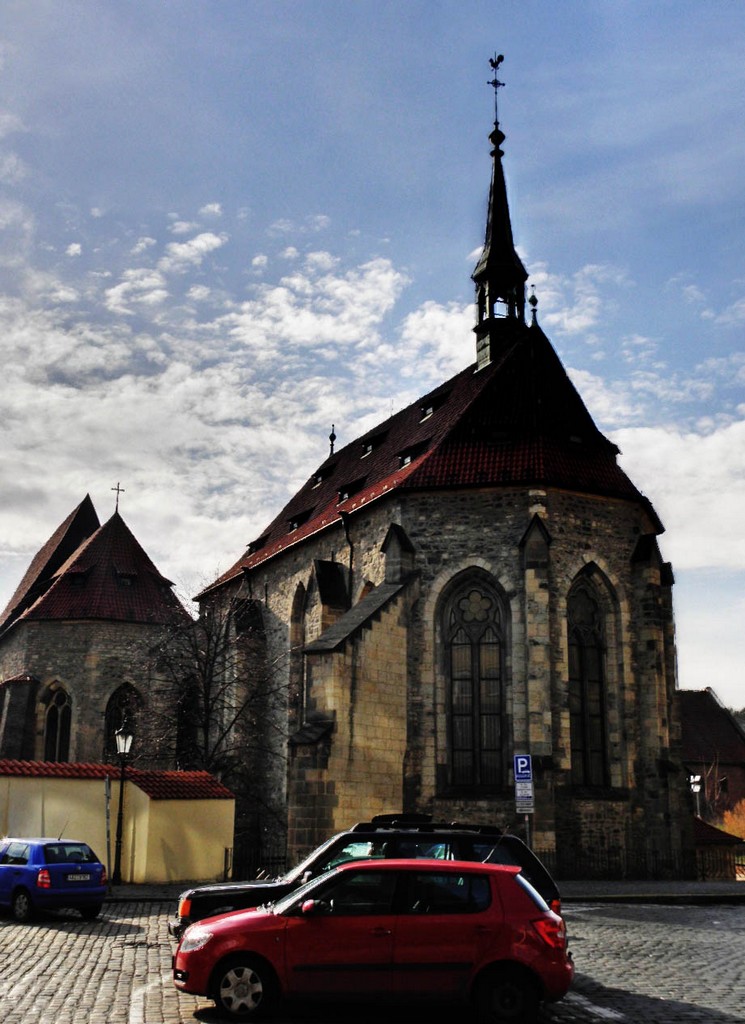
St. Agnes Cloister in Prague, near which the poor man was said to live in the Christmas carol "Good King Wenceslaus."
MERRY CHRISTMAS!
Good King Wenceslaus, on the feast of Stephen,
When the snow lay round about, deep and crisp and even….
DECEMBER 22

I got this traditional Czech ornament peacock made of bread dough on my first trip to Prague in 2001!
DECEMBER 20, 2012
THE NEXT BIG THING
I was tagged by the fabulous Hannah Kate — who posted her Next Big Thing here.
My “next” Big Thing is still my CURRENT Big Thing, the Come Hell or High Water trilogy!
Where did you get the idea for the book?
I fell in love with Prague, after having had a love affair with tales of magic, witchcraft, and the occult since my childhood. My friend Rob Fisher was standing with me on the Charles Bridge one sunset and said, “You should do something with all that!” So I did!
What genre does your book fall under?
It is an historical-urban fantasy, with parallel storylines in the 1350s Prague and contemporary Prague.
What actors would you want to play your characters in a movie rendition?
I have been thinking about this for a while! I have the first scene of the movie clearly in mind, as the camera pans along the Vltava river valley and then comes in close over the Prague skyline and then comes in even closer to the Old Town Square just a mob erupts from a side street next to the Astronomical Clock and hustles Fen’ka to the stake awaiting her in the midst of the square. But the actors who would play the roles? I think George would be played by Victor Garber or Alan Rickman. Magdalena could be Michelle Williams and Elizabeth would be Olivia Wilde. I think Fr. Dmitri would be Sean Griffiths or Tom Wilksinson.
Give a one-sentence synopsis of your book.
A witch curses Prague in the 1350s and a young woman mistakenly reawakes the curse in contemporary Prague, bringing back ancient evils intent on destroying the city and the modern world.
Will your book be self-published?
Yes, with Amazon in both paperback and eBook formats.
How long did it take you to write the first draft of the manuscript?
I wrote a massive book in about seven years which Amazon then told me had to be broken up into a trilogy, because of its size!
Who or what inspired you to write this book?
My love of Prague, my love of magic, and the unfortunate experience that terrible things happen to people for no obvious reason!
What else about your book might pique the reader’s interest?
The magic in the trilogy is all authentic and based on medieval magical recipe books and the records of witch trials or accusations. Many legends of Prague are worked into the book(s), as well as real historical people and events. Creatures from folktales oft-forgotten, like the Irish Dearg-due (an indestructable female vampire), are important characters as well!
DECEMBER 11

When I was in Prague for the very first time (2001), there was a snowfall that made the whole city look like a gingerbread fairy tale village dusted with powdered sugar!
DECEMBER 5
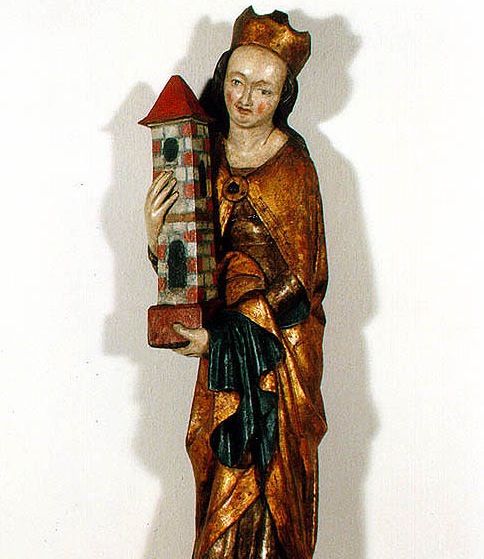
This 1380s statue of St. Barbara is from the parish church of a village near the town of Frymburk, mentioned in Part 2 (the chapter about Bozena and the illicit, nefarious uses of the Requiem Mass).
DECEMBER 4
From the just-released Kirkus Indie review of Part 2:
An engaging, suspenseful occult novel set in historical and contemporary Prague.
In this sequel to Come Hell or High Water: Wellspring (2012), a group of professors specializing in folklore and magic attempts to prevent George, a powerful priest, and Elizabeth, an Irish vampire, from unleashing an evil that threatens to destroy all of Prague. Both George and Elizabeth were called to Prague by Magdalena, who summoned them to help fulfill the dying wishes of Fen’ka, a woman burned alive as a witch in the 14th century. Unbeknownst to Magdalena, Fen’ka seeks the return of Svetovit, a pagan god who will bring destruction to the modern world. Both sides scramble to find four magical items that protect Prague from evil: a sword, a staff, a pentacle and a chalice. The first half of the novel is a mystery in which the professors try to identify the magical items, while the second half becomes a suspenseful race as both sides try to obtain the items…. Chapters alternate between the main plot and loosely connected stories of the occult from medieval Prague that illustrate the effects of Fen’ka’s curse. Those historical episodes, which aren’t linked to the modern chapters, sometimes seem like parts of a different novel; however, they include evocative scenes featuring Czech slang and medieval social and religious practices, with characters, particularly women, using the occult to rebel against the rigid social bonds of the time, marriage especially…. the sense of danger in this outing is palpable from the start, and the intensity, at least in the modern chapters, rarely lets up. Also included are several Czech legends, such as the story of Rabbi Judah ben Loew creating the Golem, which should appeal to readers with an interest in folklore.
A stark division of narratives, but each is absorbing, especially for history fans.
DECEMBER 3
From the interview I did with BittenByBooks:
BBB: Tell us 3 things not in your bio we don’t know about you that might make us leery of befriending you. LOL
SM: Only three things?! Hmmm… Let me think. First, I hate the beach! The sand, the water, the sun, the whole package! Secondly, I dislike nature in general. I grew up in Seattle and I could hardly wait to get away from the mountains, Puget Sound, the trees, and all the “wild things.” I much prefer cities! Central Park is wild enough for me – lots of trees and rocks and streams and then I can walk across the street and get back on the subway. Of course, it’s anathema for someone from Seattle to say this, but the first time I stepped up out of Grand Central and looked around 42nd Street, I said, “This is Home! This is what a city is SUPPOSED to be like!” Thirdly, people at my “day job” have compared me to Dr. House: not that I look anything like Hugh Laurie but I can be disdainful and dismissive and uncooperative with anyone who disagrees with me! My partner went to Disney World and brought me back a Grumpy the Dwarf shirt because it encapsulated my personality PERFECTLY! HMPH!
BBB: What actors would you choose to play some of your characters if your book were made into a movie or a TV show?
SM: I have been thinking about this for a while! I have the first scene of the movie clearly in mind, as the camera pans along the Vltava river valley and then comes in close over the Prague skyline and then comes in even closer to the Old Town Square just a mob erupts from a side street next to the Astronomical Clock and hustles Fen’ka to the stake awaiting her in the midst of the square. But the actors who would play the roles? I think George would be played by Victor Garber or Alan Rickman. Magdalena could be Michelle Williams and Elizabeth would be Olivia Wilde. I think Fr. Dmitri would be Sean Griffiths or Tom Wilksinson.
NOVEMBER 29
So much has happened in such little time: the hurricane in NYC, then Thanksgiving, and now Christmas is breathing down our necks! Who’d a thunk it? In mid-October, just before the release of Part 2 of the trilogy and the arrival of the hurricane (can it be a coincidence that COME HELL OR HIGH WATER was released on Wednesday and the superstorm arrived on Monday?), Thanksgiving etc all seemed f-o-r-e-v-e-r away!
One friend, having made it halfway thru Part 2, told me that not only can she hear my voice reading the words from the page in her head, she has to adjust her estimation of me; “Anyone who can imagine all these things must have an incredible dark side that I had no idea was there!” she told me.
NOVEMBER 2
A big “THANK YOU!” to everyone who participated in the interactive interview-chat yesterday! You can still read the transcript of the event and enter the contest to win a $30 Amazon gift card until sometime Sunday afternoon:
a Rafflecopter giveaway“>BittenByBooks.com Interview-chat and Contest!
OCTOBER 30
Watch this video! See me read an excerpt from Part 2 at the release party on October 24!
OCTOBER 29
A new 5-TOMBSTONE review for Part 2 on BittenByBooks.com!
OCTOBER 29
RSVP here to participate in my online interactive interview on THURSDAY, November 1!
OCTOBER 26
Another CUSTOMER REVIEW from Amazon:
Come Hell or High Water is a delicious mix of medieval history and fantasy/occult. It has all the ingredients of a page turner. Robertson Davies’ The Deptford Trilogy has been bumped down a notch on my list of favorite trilogies. I’m hungry for more from Stephen Morris.
October 23
See the new 5 TOMBSTONE (!!) review of Part 1 on BittenByBooks here!
I will also be doing an interactive interview with BittenByBooks on November 1, beginning at 1:00 p.m. Log on and post a question or comment!
OCTOBER 20
Come celebrate the release of Part 2!
When: Wednesday, October 24
Time: 6 — 8 p.m.
Where: Marie’s Crisis
(located at 59 Grove Street, NYC… across fromthe #1 subway station at Sheridan Square)
Get a drink! Get a book!
OCTOBER 3
Part 2 is COMING SOON!
OCTOBER 2
Readers keep writing on Amazon:
Come Hell or High Water is engaging from the first page. The mix of fantasy and historical fiction immediately drew me in. My taste in fantasy usually is more toward J.R.R. Tolkein’s Lord of the Rings, but based on this first book, I think the entire Wellspring trilogy will be an exciting read. Mr. Morris is extremely creative in his story telling and his use of language. I am eagerly anticipating book two!
SEPTEMBER 29
A new CUSTOMER REVIEW on Amazon:
I really enjoyed this book, the first in a trilogy. Anyone who likes historical, mystery, and fantasy novels, will love this masterfully written first novel. If you enjoyed The Historian by Elizabeth Kostova, you will also love this book. It is well researched and the author has brought midieval Prague to life in vivid details. While the knowledge of the author in both historical Prague and the occult, as well as the meticulous research, should and must be commended, without the artful words of the author that jump off the pages and transport the reader to another time and place, the book would be nothing more than a textbook. The author weaves the plot from midieval Prague to the present in a seamless way without losing the reader in the plot’s time travel. At the same time, the author manages to continue to intrique the reader by introducing fascinating new characters and plot twists throughout the book which keeps the reader hooked, guessing, and wanting more. While the novel opens up with a tantalizing and thrilling witch burning scene, the next couple of chapters leave the reader wondering where the author is taking you, but just hang on for the ride because it is well worth the journey. I cannot wait for Part II.
SEPTEMBER 20
A new review, just received:
A thrilling and insightful read! I was captivated from cover to cover…taken on a fascinating journey through medieval Prague and the occult…learning more than I ever deemed possible within such stimulating pages. Made me want to plan my next trip abroad to take in the rich history of the doomed city. Perhaps I’ll even pay a visit during the conferences on evil and wickedness!! Definitely sparked an interest within me that I never knew I had. Looking forward to the next in the trilogy!
SEPTEMBER 7
FROM KIRKUS REVIEWS:
This occult thriller explores the legends of medieval and modern Prague.
Magdalena, a bored administrative assistant in Prague, discovers the ghost of Fen’ka, an old woman burned alive as a witch in 1356, and agrees to help her pursue justice. Magdalena becomes more and more involved with the occult: She communicates with the spirit of Madame de Thebes, a fortuneteller murdered by the Nazis, and seeks out powerful demons to aid Fen’ka. Her story is interwoven with the novel’s strongest chapters, set in medieval Prague, which dramatize the effects of Fen’ka’s last dying curseon the city. Well-versed in 14th-century Prague, Morris draws heavily on folk legends to create a window into the lives of characters from various walks of life, including righteous priests, wealthy merchants and budding thieves. Each self-contained medieval chapter builds tension fairly well; the chapters set in modern times…. culminate with powerful demons let loose in Prague and the development of a compelling theme regarding Magdalena’s temptation to gain power and the price she’s willing to pay for it. Although the dialogue could use more subtlety… the plot and portrait of the 14th century are gripping enough to keep readers engaged….
(https://www.kirkusreviews.com/book-reviews/stephen-morris/water-water-everywhere-oKudFxSa/#review)
SEPTEMBER 7
A new “customer review” on Amazon:
Morris’ novel is a rich tale of witchcraft and magic, liberally mixed with well-researched historical facts. The author has a clear fascination with not only the history of the occult, but also that of life in medieval Europe, and this enthusiasm quickly infects the reader as well, leaving me eager to learn more about the places and events depicted in the book!
As fascinating as the historical asides and explanations are, they do occasionally get in the way of the actual plot. Especially in the first chapter, Morris seems to have an awkward time mixing action and exposition, and the effect is sometimes jarring. As the book continues, however, he soon finds a nice balance, and by the second chapter the explanatory asides flow almost imperceptibly along with the plot, adding to rather than distracting from the flow of the story.
One particularly nice thing about novel is the complex moral system it presents. Wickedness is not always punished, and good doesn’t always prevail. Good characters–like the merchant Jiri or the priest Matej–are often drawn into situations that are way over their head and end up the worse for them. The main character, Magdalena, is in essence a good person, but often reacts to situations without fully understanding them or thinking them through, and, in the end, is likely causing more ill than good. This makes her a occasionally frustrating character, but also one with great potential to grow and change as the events of the novel proceed. This moral complexity is fascinating, and adds dimension to the characters.
In the end, this book is a fantastic tour of both modern and medieval Prague, and of the lives of its inhabitants. The fantasy plot, while a little slow to start, really picks up towards the end of the novel, and leaves the reader excited for more. I’d recommend it both for fans of urban fantasy, as well as history buffs, and am looking forward to the last two books in the series.
SEPTEMBER 5
Another reader reports:
I’ve just finished reading your novel and I loved it! In fact, I so wanted to know what came next I put some work on hold so I could finish my reading. At first I was more interested in Fen’ka’s curses (you did a great job in entwining some of Prague’s legends in your narrative thread), but when the conferences started I was enthralled as well. Even though I’m pretty sceptical with regard to the supernatural, all the ghostly encounters found their way into the realistic narrative in a way they are believable. The narrative is also informative without being boring and the pace is just fine. I thought you were a storyteller when you were our own very Professor Hron in that ghost walk back in Prague; this novel is here to prove it. There is one thing I hated though: not knowing what comes next! When is the second part being released?
All the best,
Alexandra
SEPTEMBER 1
A reader writes:
Subject: a great read
Hi Stephen
I just finished the book! It really was a page turner. There was so much I like about it – I loved the way you introduced characters and really gave a sense of who they were. It was so ‘uncluttered’ in the sense that the characters did not compete for space but were given their own room to develop. I was a bit sad i did not get to know Lucrezia better though – I think I would have like her….
Can’t wait for the next installment!
Cheers
Michele
August 29
Working on a new opening scene for Part 3 while finishing the editing for Part 2. Waiting for the Kirkus review which should arrive any day now! Fingers crossed!
August 22
Thanks to everyone who came to the reading at the Chipped Cup Coffeehouse in uptown Manhattan on August 21, 2012! A great response from an enthusiastic crowd!
August 21
The ghosts and legends of Prague lurk in the shadows, waiting to meet the readers of the trilogy. So many of them are found in and around the church of Our Lady of Tyn, the Old Town Square (in front of the church), and the Ungelt (behind the church) make the church a center of occult Prague.
August 17
There is a Book Signing & Reading this coming Tuesday, August 21 at the Chipped Cup in NYC at 6 pm! Come and get your copy of the book and I’ll be there to autograph it as well! And have a cup of great coffee in the newest spot on the block!
August 11
I am working my way thru the line edits of Part 2! I am excited at how well readers are responding to Part 1 but finding it difficult to keep up with everything invovled with being an author: writing, editing, marketing, etc… THere are not enough hours in the day or days in the week to do everything that needs to be done. I am contacting reviewers. I am contacting independent bookstores in Manhattan that might be interested in stocking the trilogy. I am scheduling signings and other events. I am trying to work on some the next six (!!!) books I have outlined in ther series after the trilogy is complete.
An author’s work is never done! WHEW!
August 4
The paerback and Kindle versions of the book are selling well! Have you ordered yours? You can write me for an autographed copy at COMEHELLORHIGHWATERPRAGUE@YAHOO.COM
JULY 1
Golden Alley, along one wall of the castle complex in Prague, began as the place where archers would be posted to defend the walls. Later, small — even TINY — houses were built alongside the wall to house the archers and musketeers on duty. Then, during the reign of Rudolph II, the alchemists supported by Rudolph were housed here as a curfew could be imposed and the gateways at each end of the alley locked. Thus, the alchemists could not escape in the night with the secrets of elemental transmutation and transformation they had discovered during the day. Hence, the name “Golden Alley” arose as a reference to the alchemists in pursuit of the great secrets of the elements.
Today, the tiny houses are used as gift shops. Number 22, a bookstore specializing in Kafka’s books, was used by the author as a study in which to do his writing.
June 25
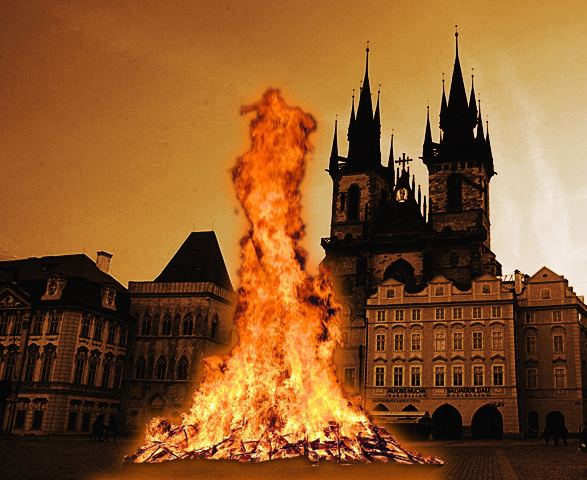
The lynching of Fen'ka by burning her at the stake in the Old Town Square sets the trilogy's action rolling.
The old woman known as Fen’ka is accused of witchcraft and lynched by a mob in the Old Town Square of Prague in September 1356. Was she simply an old “cunning woman” who knew the medicinal uses of herbs? Did she simply stumble on the right combination of words as she was burning to death to avenge herself on the mob that had seized her? Or was she the witch that she was accused of being?
JUNE 19
We’ve just finalized the cover of the first book of the trilogy. The files have all been sent to the printer. Fingers crossed!
🙂
June 15

The statue of St. John Nepomuk on the Charles Bridge, with the plaques on the pedestal which tourists touch for "good luck" and the promise of a return visit to Prague.
St. John Nepomuk was a priest known to the King of Bohemia, having studied theology and jurisprudence at the University of Prague. In 1373 he was ordained and quickly rose thru a number of important church positions in Prague. In 1390 he became a canon of the Cathedral of St. Vitus. Shortly afterwards the archbishop named him president of the ecclesiastical court, and in 1393 his vicar-general.
The best known version of the story of St. John is that he was the father-confessor of the queen. The king demanded to know details of his wife’s confessions and St. John refused to reveal what he had been told in confession. It is this scene which is depicted on the plaque on the left of the statue’s base: St. John hears the queen’s confession and the king then demands to know what she said. Because St. John refused to break the seal of the confessional, the king ordered him thrown from the Charles Bridge into the river and drowned. When his body was later found on the riverbank, it was taken and entombed in the cathedral of St. Vitus near the high altar.
Another version of the story tells that King Wenceslaus IV of Bohemia, wishing to found a new bishopric for one of his favourites, ordered that at the death of Abbot Rarek of Kladrau no new abbot should be elected, and that the abbey church should be turned into a cathedral. St. John, however, opposed this move in defence of canon law. When Abbot Rarek died in 1393, the monks of Kladrau immediately held a new election, the choice falling on the monk Odelenus, and John, as vicar-general, promptly confirmed this election without referring to the wishes of the king. Upon hearing this Wenceslaus fell into a violent rage, and had St. John, with several other church officials, thrown into prison and tortured. Most of the other officials came to support the king as a result but John of Nepomuk resisted to the last. He was made to undergo all manner of torture, including the burning of his sides with torches, but even this could not move him. Finally, the king ordered him to be put in chains, to be led through the city with a block of wood in his mouth, and to be thrown from the Charles Bridge into the river.
In either case, St. John Nepomuk was thrown from the bridge and executed on 20 March, 1393.
JUNE 8
BREAKING NEWS!!!
Here is the link to the preview available on Amazon’s publishing site:
https://www.createspace.com/Preview/1103295
Enjoy! Leave a comment!
JUNE 7
The oldest of the three Romanesque round churches in Prague, Saint Martin’s is also the earliest surviving structure in the ancient citadel of Vyšehrad, to the south of the city. The rotunda dates from the second half of the 11th century.
The building has a colourful history. Looted in 1420 and the victim of a fire in 1523, it suffered bombardment by the Prussians in 1757, and was finally abolished as a chapel by the Austrian emperor Joseph II as part of his reforms of the 1780s. The rotunda was variously used as a powder store and a house for the needy, before being reconsecrated in 1878 following modifications to the interior by the architects Antonín Baum and Bedřich Münzberger (who were also responsible for the interior of the Spanish Synagogue in the Jewish Quarter of the Old Town). The neo-Romanesque portal on the south-facing side (see above) is also the work of Baum.
(For more details of Prague’s architecture, see www.praguestory.com)
JUNE 1
It was on the bluffs of Vysehrad, upstream from the castle/cathedral of Prague and the mighty Charles Bridge, that the first people known as “Czech” settled along the Vltava. Vysehrad remained an entity distinct from Prague for hundreds of years, until 1883. The Vyšehradský hřbitov (Vysehrad Cemetery) was established in 1869 as the final resting place for modern notable members of Czech society.
May 28

A close-up of one of the scenes depicted in sgraffito illustrates the Biblical tale of Cain and Abel.

This building, heavily covered with 'sgraffito,' is only a few doors away from the Astronomical Clock.
A common but distinctly Czech decorative style, sgraffito, is found on many buildings throughout the Old Town of Prague. It involves putting a dark or black layer on the surface of the building, followed by a much lighter or white layer and then scratching away the white to reveal the black beneath; it is very similar to art projects that I was taught in grade school, but clearly the CZ version is much more sophisticated!
Most of the ghosts said to haunt Prague are folk who were murdered, as Abel was by Cain in the scene above, and who either cannot find rest or refuse to rest until their killer(s) are apprehended and justice done. There are many such ghosts that lurk in the Old Town Square itself. We get a chance to meet some of them in the trilogy.
MAY 24
Advance praise for the trilogy:
A historically rich page-turner set in medieval Eastern Europe; …how dark deeds of the past echo down through the years creating a monstrous memory that only an intrepid band of scholars can dispel. This gripping historic-fantasy trilogy erupts in 1356 as a witch’s curse rings out over Prague’s Old Town Square. As the old crone is bound to a stake and consumed by flames, her vengeful words set in motion a series of dark events that unfold across the centuries, culminating in the historic flood of 2002 that threatens to destroy the city. The author, a veritable DAN BROWN OF PRAGUE, weaves his tale through time showing how the nefarious events of the past never die and live on in the present as dark memories that hide in every nook and cranny of the picturesque capital of the modern day Czech Republic.
(from “Monsters and the Monstrous Journal”)
May 21

A view of the church of St. Nicholas on the Old Town Square. There is another church of St. Nicholas across the river in the Little Town.
The church of St. Nicholas on the Old Town Square was used by the Russian Orthodox parish in Prague before 1917. A chandelier now hanging in the nave was a gift of Czar Nicholas II. It was also the parish church in which the city council of the Old Town met, prior to the construction of the Old Town Hall (where the Astronomical Clock can now be seen). The Old Town Hall was built with the money raised in ONE(!) year by a small tax on wine consumption in the 1350s!
May 16
Today is the feast of St. Vitus, the patron of the cathedral in Prague built atop the former worship site of Svetovit, the ancient devil-god who is the archenemy in the trilogy.
May 11
The Loreto Cloister near the Prague Castle complex was built in 1620s-1630s as a shrine for those who could not go on pilgrimage to the Holy Land. The “Santa Casa,” a rough wood-and-brick replica of the home where Jesus was raised in Nazareth, is sheathed in marble for protection from the weather. The cloister is said to be one of the few points on earth where the saints and angels can pause and rest on their journeys between heaven and earth. Several vital scenes of the trilogy are set in or around the Loreto Cloister.
May 5
The Old Town Square of Prague sits atop one of the meridian lines that stretch along the earth’s surface from the North to South Poles. The Prague Meridian (14°25´17˝) cuts through the cobblestones of the square, near the church of Our Lady Before Tyn and the Jan Hus Memorial. It marks the shadow cast by the Marian column that stood on the square. Used in addition to the Astronomical Clock to determine “noon” each day, it is also rife with the mystery involving the interplay of darkness and light, east and west, time and its passage.
April 28
One of the critical opening scenes of Part One of the trilogy takes place alongside the cove under the Charles Bridge in Prague. You will be able to read all about it soon as I have just sent the final version of the manuscript to the editor for the last set of revisions! Excitement mounts! Did I ever think I would really make it to this point?!
April 17

These crosses in the pavement mark the executions of the men beheaded in 1621 who return each year to inspect the working of the Astronomical Clock on the anniversary of their deaths.
The Astronomical Clock on the Old Town Square is said to be tied in to the workings of time itself: when the clock stops, the Day of Judgment will come. The ghosts of the Prague nobility who were ringleaders in the 1621 rebellion and were beheaded on the Square, around the corner of the clock’s base, are said to return every year on June 21 (the anniversary of their execution) to inspect the clock. If it has stopped, they know that Judgment Day has come and their vindcation is at hand! If the clock is still working, they return to the river (where the heads fell from the spikes on the bridge where they had been displayed after the executions) to await their next inspection of the clock in another 12 months.
One of the noblemen beheaded (and the ringleader of the rebellion) was the rector of the medical school of Charles University and the first doctor to perform autopsies in Central Europe. One of the corpses he autopsied was the gatekeeper of the medical school and this man’s ghost continued to haunt the entrance gate of the medical school long after the autopsy had been performed and is still said to be seen there on occasion.
April 11
One of the legends associated with Vysehrad, the bluff overlooking the river that runs through the middle of Prague where the princess-prophetess Libuse first predicted that Glorious Prague would rise to rival the stars, concerns these three broken columns that sit near the national cemetary there. These are the “Devil’s Pillars” and the story goes that a priest got involved in a gambling match with a devil. The devil wagered that he could bring a pillar from St. Peter’s in Rome back to Prague more quickly than the priest could say the Our Father. If the devil was able to do so, the priest’s soul would be condemned to hell. If the priest won, the devil promised to tempt the clergy of the Vysehrad parish no more.
The priest accepted the wager and began to recite the Our Father. The devil flew to Rome, seized a pillar from St. Peter’s, and began to return to Prague. As he descended toward Vysehrad with his prize, the devil heard the priest conclude the Our Father: “…sed libera nos a malo.”
In a furious rage that he had been beaten by the priest, the devil threw the pillar down at the priest’s head. The priest dodged the pillar but the column broke into three pieces and is still lodged in the Vsyehrad grounds where the devil threw it at the priest.
April 7

This is the inn on the Ungelt court haunted by the Turk with the sack in which he carries the head of his beloved -- whom HE beheaded at her wedding to another man!
There is such a wealth of material to work with in Prague that it becomes more of a difficulty to decide what must be left OUT rather than what to include. One of the legends of Prague that I was unable to include in this trilogy (but which may appear in another novel) is the tale of the Turk in the Ungelt courtyard.
There is an inn on the Ungelt courtyard behind Our Lady of Tyn church. One guest of the in was a handsome Turk who stayed some while in Prague. He and the innkeeper’s daughter fell in love but the Turk had to leave the city for a short time and promised to return and wed the girl. Alas, many months and then years began to slip past and the innkeeper insisted his daughter marry a local boy.
During the wedding feast, the Turk returned to the inn. In his fury at the girl’s betrayal, he pulled out his scimitar and beheaded her. Now his ghost stalks the courtyard at night. Those who meet him report that he is holding a blood-soaked burlap sack which he opens to show them the head of his beloved!
April 5
I can still recall quite clearly the evening that Rob Fisher and I were walking across the Charles Bridge in Prague, six-plus years ago. We were discussing some point of Prague history and folklore and Rob turned to me and said, “You know all the medieval theology and history as well as the folklore and legends of Prague. You should do something with it all!” Thus was born “Come Hell or High Water!”
So many of the fascinating legends and tales of Prague seemed to tie in with the traditional Benedictine curses against the incursions of nobility against monastic houses: “May they lose what they have and not gain what they want! May the sky above them be brass and the earth they walk on, iron! Curse their casks and cellars!”
I wanted to be sure all the magical practices described in the trilogy were authentic, so there was a lot of time spent in research libraries to discover the traditional magical practices of the various neighborhoods in Prague that would have been effected by the witch’s curse: Germans, Italians, the Czechs (Celtic with a Slavic overlay), etc.
In addition, the historic 2002 flood that was widely reported throughout the world and wrecked such devastation across Prague struck the city with such speed and unexpected destruction that it seemed rife with possibilities for explanation by the conjurations of black magic.
Real curses! Real floods! Authentic magic! WHat better recipe for a novel could there be?!

